Does the thought of a crazy monster circling you in a dark, dilapidated location, where there are creeping footsteps, ominous quiet, the chink of a metal sword, and your blood racing sound familiar? Slasher flicks, one of the most infamous (and popular) subgenres of horror, are an indulgence in planned lunacy that sends chills down your spine due to the enormous body count that only increases as the film goes on.
Innumerable, horrible killers and heretics have been exposed to our consciousness throughout the years by the silver screen, catching us by the neck with their bewildering charisma and convictions tinted with lunacy. The jumpscares staged by the killer or the fake blood that pools around the victim’s body are not where the real fear of a slasher movie lies.
Psychological thrillers on high alert, great slasher movies terrify you to the core. Humanity’s terrible obsession with actual murder is cloaked in a horrible sense of closeness that plays on our most basic phobias.
Yes, most slashers follow a similar formula: a bunch of misfit kids who are very unaware and super turned on for the majority of the movie come into contact with a crazed killer and are picked off one by one until the “Final Girl” exacts terrible vengeance or manages to escape the killer’s hands.
The best slasher movies, however, take that idea and twist it in such horrifying, horrifying ways that they make you question your own morals. In addition to exposing your voyeuristic tendencies, penetrating your fear-prone brain, and driving you nuts with the expectation of death, a genuinely iconic slasher movie will take you through a range of emotions.
They will push you to the limit of your mental capacity for horrific observation and make you ask, “When do I turn this off? What am I if I don’t, then? We are going to presume that you already know the answer to that question if you have managed to uncover this video. Here is our selection of the Top 40 Slasher Films of All Time, without further ado.
Halloween (1978)
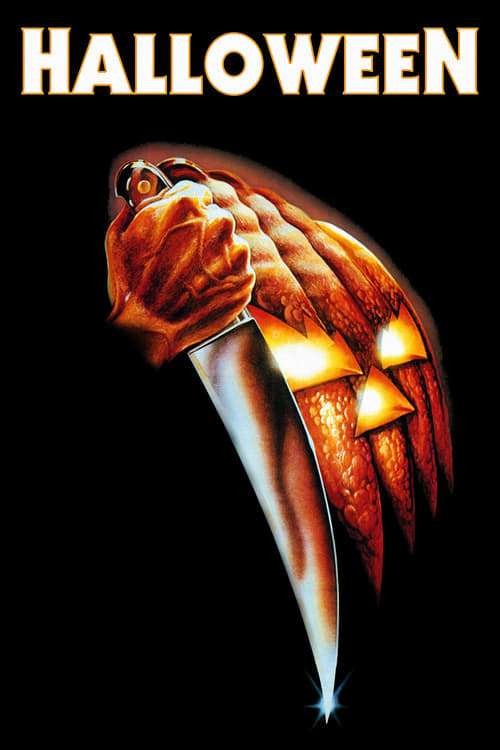
We reasoned that the film that played a major role in popularizing the slasher sub genre should be at the top of this list. Halloween is not your standard gore-fest with a flimsy plot that highlights unnecessary violence; instead, it is a spooky, somber, restrained presentation that tugs at your heartstrings constantly. With a $300,000 budget, director John Carpenter poured his soul into this movie, scripting, directing, and scoring it to terrifying perfection.
However, Carpenter’s deft exploitation of American folklore and Celtic holiday customs led to the creation of this 91-minute, heart-pounding thrill trip that handed the United States one of its most enduring horror icons. Beginning with the viewpoint of 6-year-old Michael Myers, the narrative is told. Initially appearing to be a story of harmless neglect, the child kills his own sister on Halloween night in 1963.
After being institutionalized for 15 years, Michael Myers escapes and goes back to Haddonfield, Illinois, where he begins yet another murderous rampage. In all actuality, Halloween is the first slasher movie. It establishes the model, tone, and framework for every film that comes after; the innocence of the protagonist’s companions, the killer’s high corpse count, and the perilous nature of closeness are all there.
Jamie Lee Curtis’ first performance solidified her status as one of the genre’s all-time greatest screamers, expertly treading the line between joy and dread. The true heritage of the genre belongs to Michael Myers, whose expressionless, white mask has become an iconic part of popular culture ever since it highlighted the characteristics of a true slasher: cold, methodical, cruel, and totally diabolical.
Wrong Turn (2003)
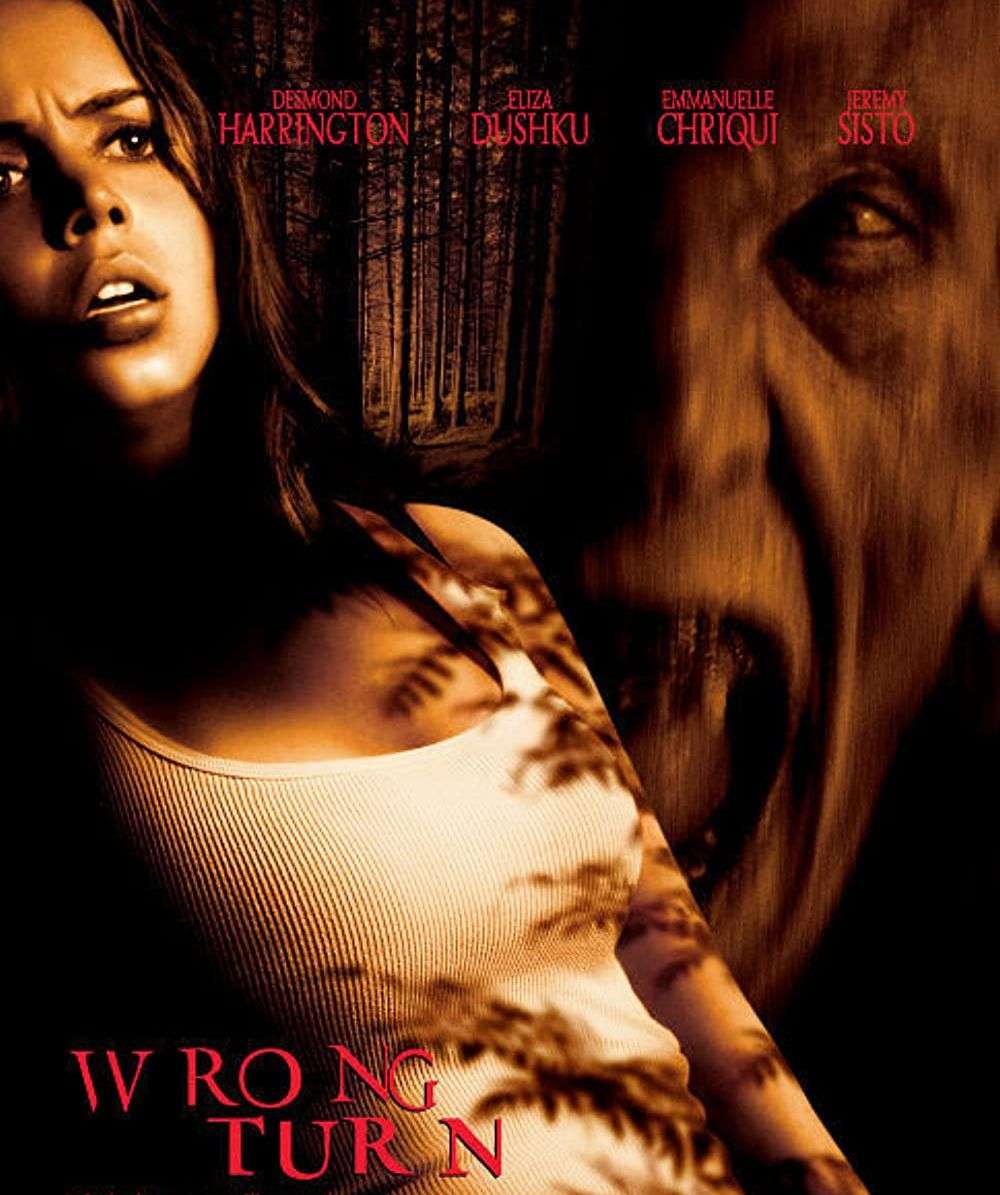
Not Alan B. McElroy’s finest moment with the pen, but certainly his goriest. Wrong Turn is Director Rob Schmidt’s homage to slasher classic The Hills Have Eyes with a dash of The Texas Chainsaw Massacre set against the backdrop of eerie, mountainous, Southeastern America. Chris Flynn, a medical student, is on his way to an important interview when he’s forced to take a “wrong turn” in order to bypass traffic. However, his tires blow out and he’s stranded alongside a group of teenage campers.
They soon realize that their accidents were no accidents, as they’re thrust into survival mode, fleeing from 3, inbred woods-dwellers whose eating habits resemble Hannibal Lector’s. On the surface, this film seems unimaginative. It hits the same beats as any typical slasher film: the gas-station warning, the stranded teenagers, the cabin in the woods, the barbaric killers; surprisingly, no nudity.
What makes it terrifying is the brutality and the grotesque features of the Mountain Men. Horror Make-Up Master Stan Winston (of Friday the 13th fame) was pivotal in their creation and has fashioned the stuff of nightmares for this film. The Men are disgusting to look at: emaciated skin, teeth sticking out, hair disheveled, bodies disfigured.
Schmidt’s masterful camerawork gives you shock-and-awe cinema that manages to convey brutality without actively showing it. It’s not a unique offering, but Wrong Turn is a tense, rapid-paced watch that gives you merely seconds to breathe before your heart, like the protagonists, is on the run again.
A Nightmare On Elm Street (1984)

“One, Two, Freddy’s Coming For You…” Wes Craven’s nightmarish masterpiece rounds out the trilogy of slasher films that brought the entire genre to mainstream popularity. Carpenter’s Halloween was a sinister, brooding production, Cunningham’s Friday the 13th (which we’ll talk about in a bit) was lecherously frightening, and A Nightmare on Elm Street is a literal fever dream of a movie that draws on some of the most human sources of fear: nightmares. Tina Grey has a nightmare about a disfigured man chasing her through a boiler room, trying to kill her.
Her friend Nancy has the same dream. Turns out, they’re connected, and to their horrid realization: their nightmares are real. Robert Englund’s Freddy Krueger is a cruel piece of work: a near-indestructible murderer who exists on the surreal plane of dreams, causing unconscious experiences to result in some very serious consequences.
Unlike other slasher antagonists, though, Freddy’s face is on display for the whole world to see- burnt, mortified, with an iconic fedora-and-knifed-glove outfit that made him seem equal parts cartoonish and terrifying. Schmidt’s intimate, unsettling camerawork and appetite for brutality (seriously, RIP Glen) left a lasting impression on the slasher genre itself, influencing every production since. Though the sequels would turn the franchise into a self-aware parody of itself, Craven’s original A Nightmare on Elm Street still holds up to its reputation of being one of the finest horror/slasher flicks of all time.
Child’s Play (1988)
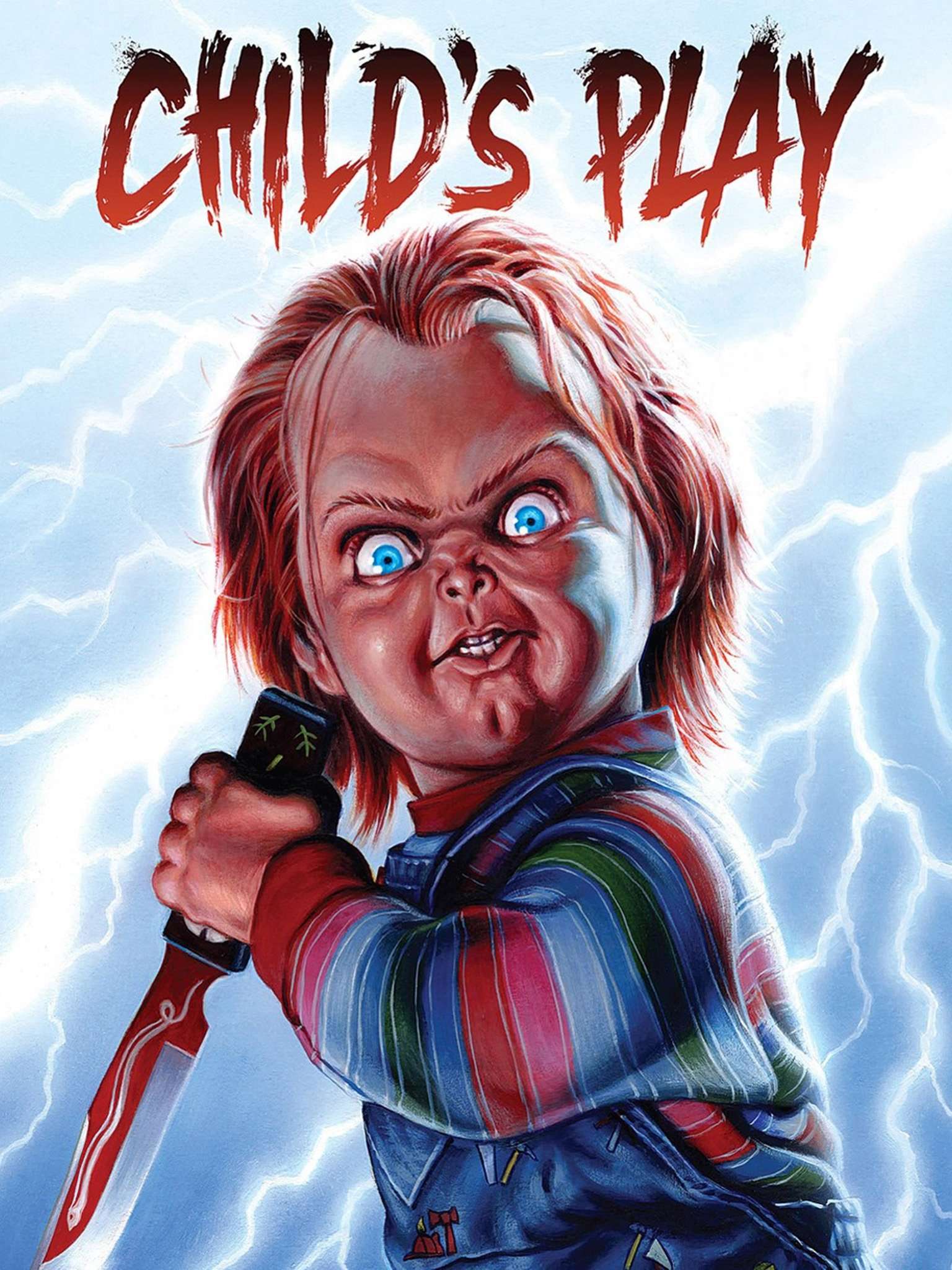
Tom Holland (not that one) weaves a capturing tale of murder, mysticism and innocence with this iconic slasher movie that can still give kids nightmares about their dolls “coming to life”. Co-written by the brilliantly demented mind of Don Mancini, Child’s Play is as much a slasher film as it is a psychological thriller that plays with the dangerous consequences of ignorance and the idea that “children don’t know any better.”
The movie plays out like a cinematic adaptation of The Twilight Zone’s “Living Doll” episode; albeit with a much bigger appetite for murder and a ghoulish sense of humor. Charles Lee Ray, an occultist, and murderer, is gunned down by Dt. Mike Norris, but before he dies, he passes his spirit into a “Good Guy” doll.
Andy Barclay’s mother brings this doll to him for his birthday, but the boy soon discovers his talking companion has a dark secret (and no batteries). Chucky is like Fats from the Anthony Hopkins-starrer 1978 psychological horror flick Magic, if it gained proper sentience and shared a jail cell with Freddy Krueger. He is vulgar, vicious & viscerally violent to the point it’s comical.
Brad Dourif’s maniacal, obscenity-spewing take on this killer doll made it a pop culture icon, spawning a multi-million dollar franchise and turning Chucky into one of the most recognizable horror characters of all time. Credit also has to be given to Alex Vincent, who is perhaps one of the more underrated child actors of his era. The sense of innocence he brought to Andy Barclay made Chucky’s blood-thirsty nature seem that much more terrifying.
Hatchet (2006)
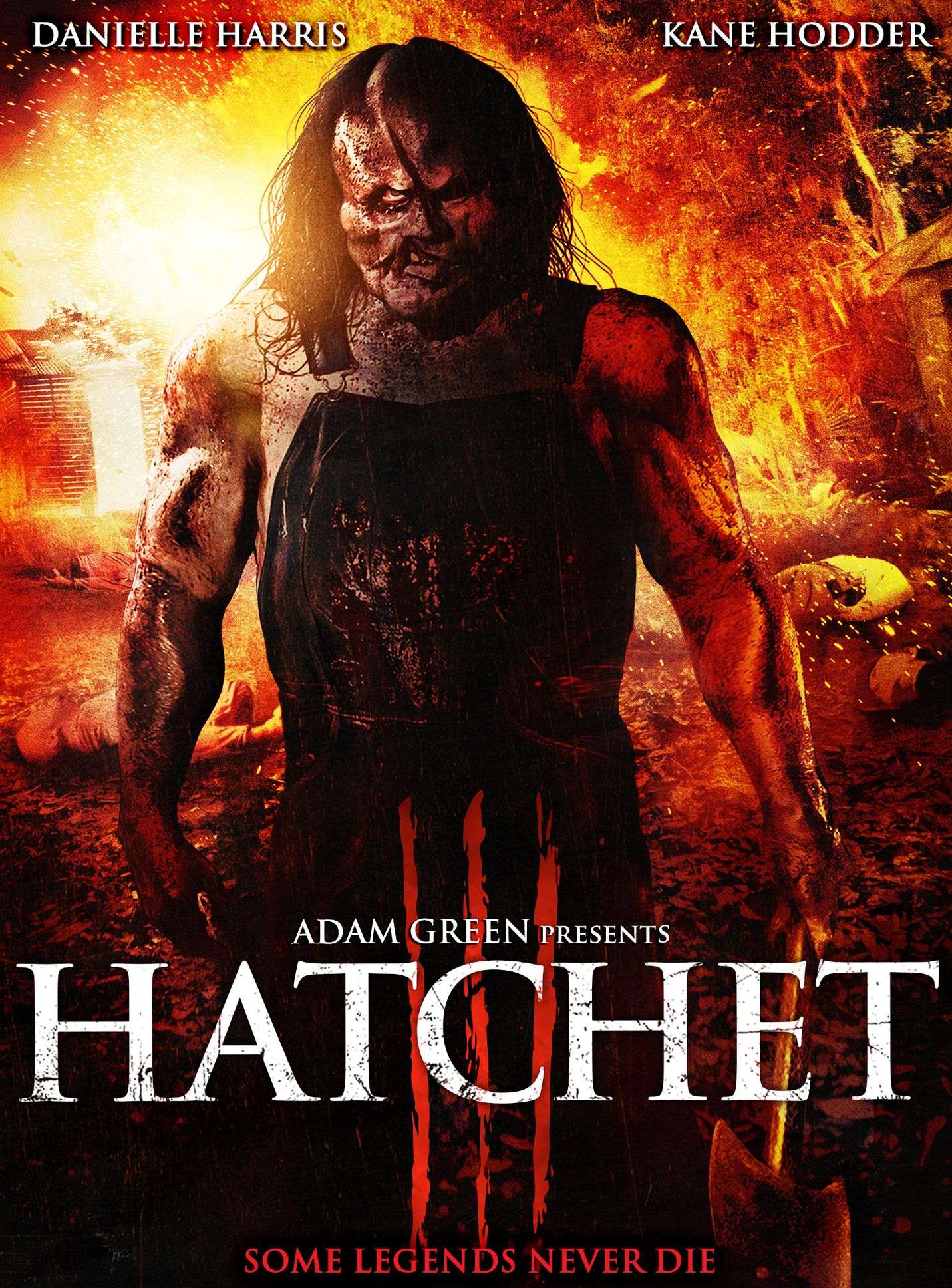
Here’s a film that’s sure to find an audience at old-school grindhouses. Splat Pack member Alan Green made sure to turn up the gore-o-meter to 20 for 2006’s Hatchet. Set in the swamps of New Orleans, the movie follows the story of a group of teenagers encountering a murderous entity in the woods. Ben (Joel Moore) & Marcus (Deon Richmond), after attending a rowdy Mardi Gras celebration, decide to go on a haunted swamp tour.
However, when their inexperienced Swamp Guide leaves their group stranded in the woods, they are attacked by a hideous being with superhuman strength & a penchant for gruesome murders. Hatchet is an unabashed love letter to the Golden Age of Slasher Films as it immerses itself in everything that makes the genre so iconic: a creepy setting, sarcastic witticisms, scantily-clad women, & over-the-top, bone-chilling violence.
Kane Hodder has portrayed many genre-defining slasher characters in his long career which includes Jason and Leatherface, two of the category’s all-time greats. But Victor Crowley tops his list of personal favorite kills; RIP swamp ride lady. The late great John Carl Buechler made sure that when the audience saw Crowley, there’d be no room for empathy; he is grotesque, monstrous-looking with bestial ferocity. Although the titular Hatchet only ever kills one person in the film (2 if you count Mr. Crowley), its threatening aura and tragic backstory are ever-present in the film’s 83-minute runtime.
Friday the 13th (1980)
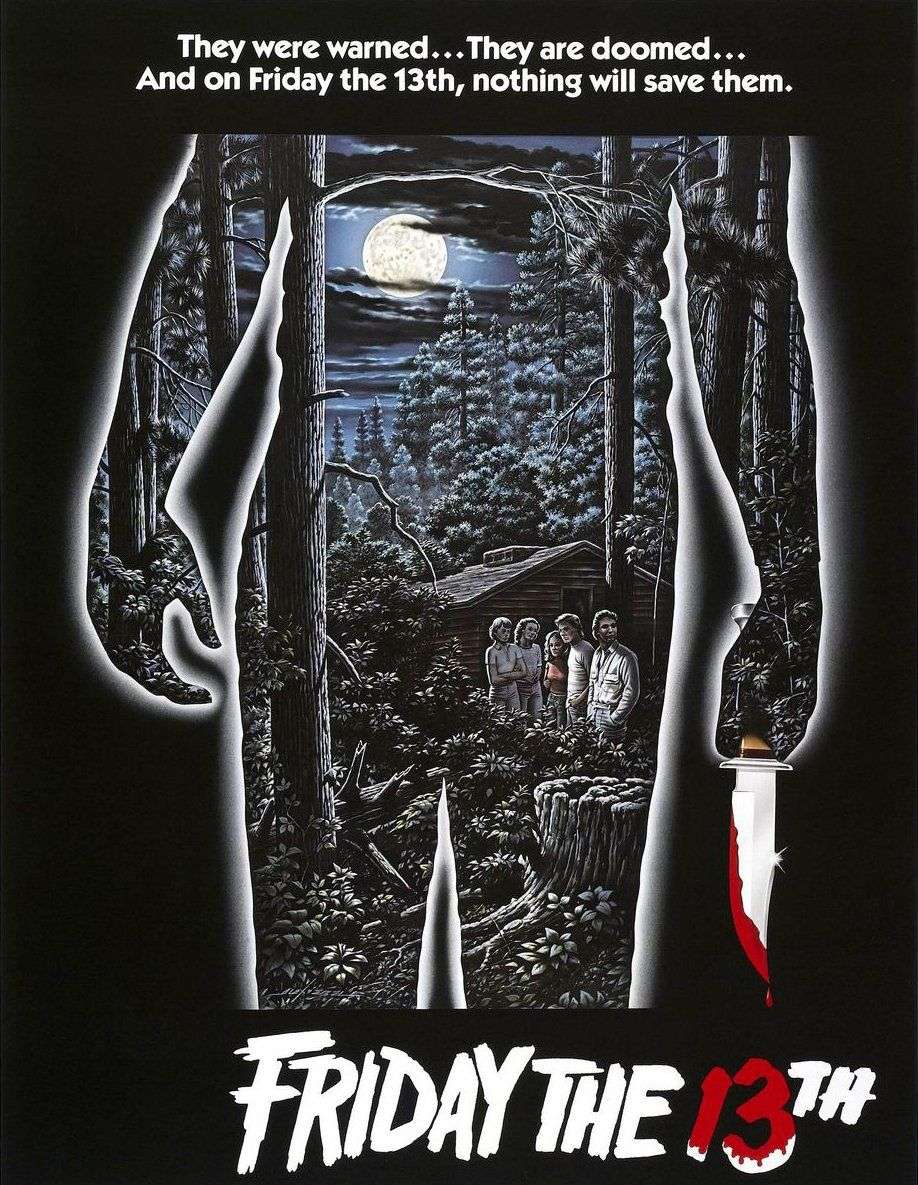
The progenitor of the killer-at-the-camp trope and the 80’s slasher boom, every slasher film since 1980 has tried to imitate or pay homage to Friday the 13th in script or spirit. You know the story: a freaky, camp-counseling couple gets murdered in the attic and 2 years later, the cycle begins anew. Friday the 13th is, by no means, original; in fact, lead writer Victor Miller has admitted in interviews that Director & Producer Sean S. Cunningham asked him to model the movie after John Carpenter’s Halloween.
There are many shots in the film that pay direct homage to it; especially the dangling, upside-down shot. It is, however, unique in that it takes the premise of murder & pushes the envelope further than Carpenter ever did. Where Michael Myers’ nefarious activities were always shrouded in shadows, Friday the 13th gives you gratuitous, in-your-face violence with a head-spinning take on motherhood and an ending that is the mother of all shock reveals, till this day.
Besides being slasher’s first female antagonist, Betsy Palmer’s Mrs. Voorhees oozes eeriness & instability with her very presence; that hollow, dead stare & unnerving, fixed grin. Horror icon Tom Savini brought Cunningham’s bold vision to life with immaculate makeup work; just look at a young, pre-Footloose fame Kevin Bacon in this grisly scene. Beautiful stuff. Friday the 13th is a landmark film in the history of horror, resplendent in its lunacy and important because of its impact.
The Texas Chainsaw Massacre (1974)
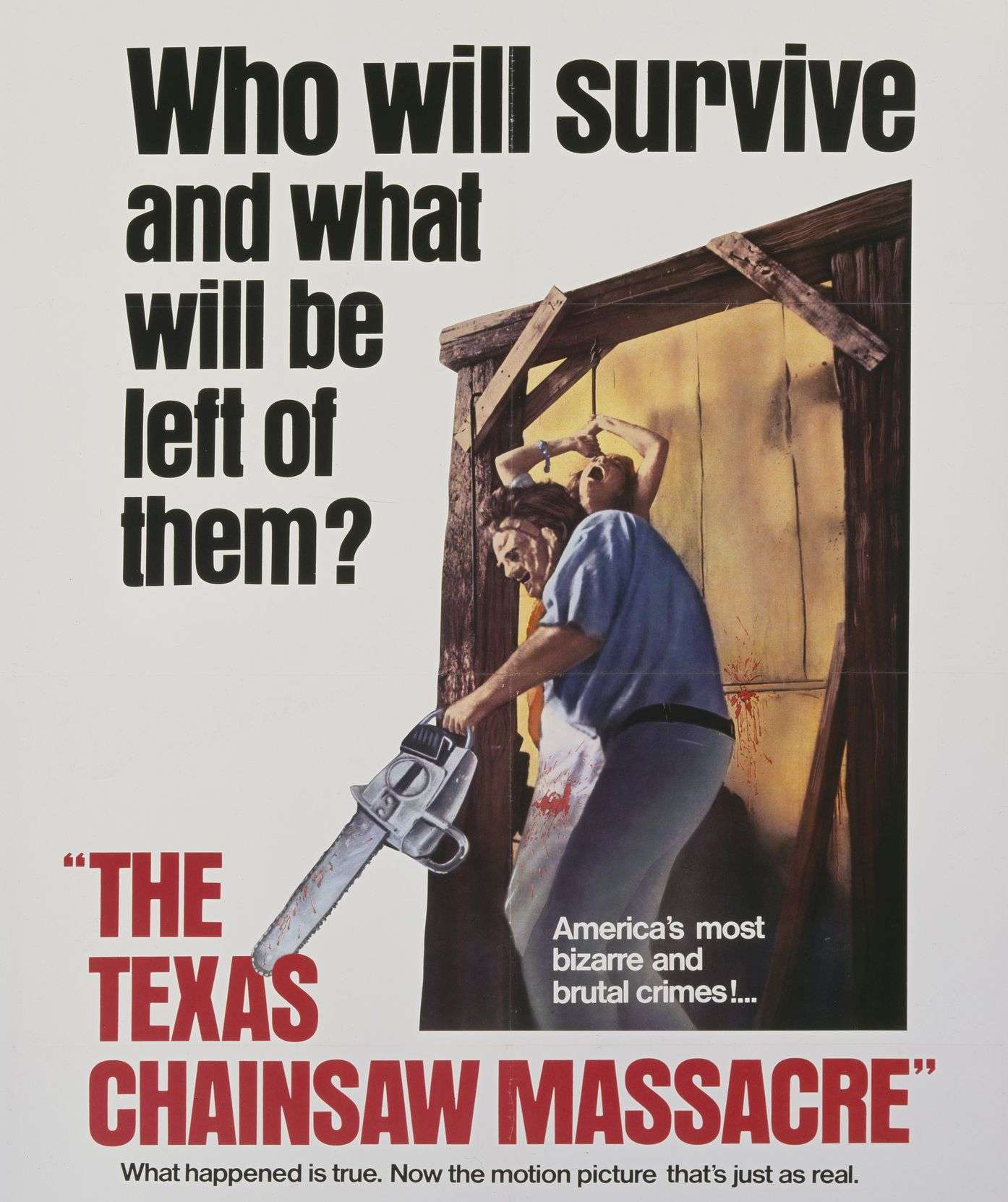
Brutal, sadistic, macabre; adjectives alone cannot do justice to this classic horror film that gave audiences over the world a sizeable appetite for violence. Based on the real-life case of the notorious Wisconsin murderer & grave-robber Ed Gein, The Texas Chainsaw Massacre manipulates the beautiful Texan landscape to tell a story of grisly, horrid murder and utter depravity.
The chainsaw-wielding, utterly sinister Leatherface is upstaged in his depravity only by his family, whose sadomasochism and thirst for blood (literally, in Grandpa’s case) unlock a primal fear deep within you. Despite its freakishly violent plot, The Texas Chainsaw Massacre is a rare case of less gore, and more terror; Hooper’s clever use of the camera conveys the intended emotion to the audience, allowing their imagination to fill in the terrible gaps.
Iconic horror art director Robert A. Burns personally drove around the countryside, collecting bones to give the Sawyer House its appalling, viscerally-inhuman furniture that is supposed to resemble Gein’s own home; we can only imagine that it looked like one of the 7 Stages of Hell from Dante’s Inferno, IRL.
The Psycho-inspired soundtrack layers tension upon its already-tense atmosphere, creating the perfect environment for you to scream along with Marilyn Burns’ Sally at the sheer prospect of being consumed by a family of crazed cannibals.
The Cabin in the Woods (2012)
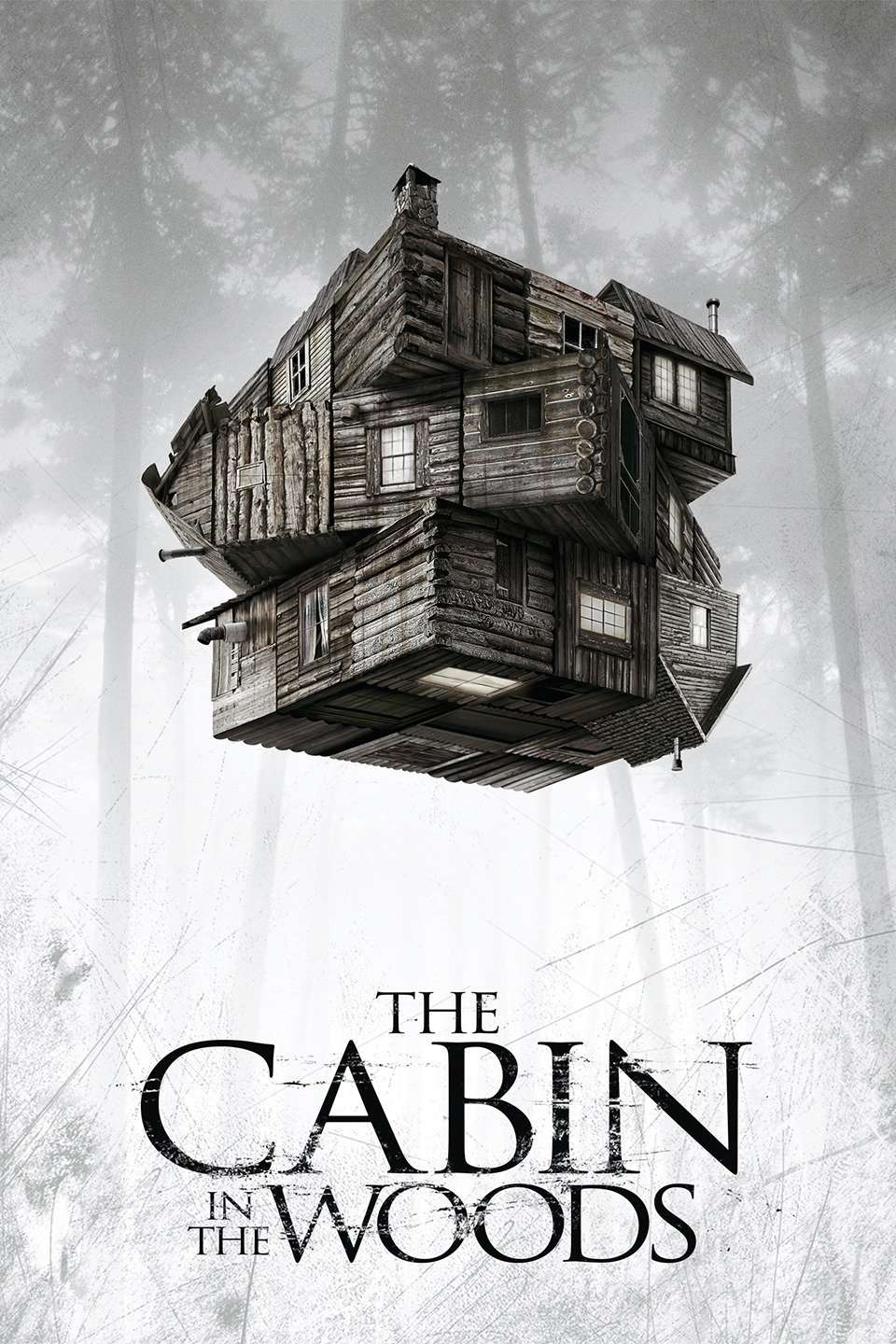
Joss Whedon & Drew Goddard manage to pull off references to nearly every defining horror movie in this self-aware embodiment of the slasher genre that offers up equal amounts of gags & gore. Dana, Jules, Curt, Holden, and Marty decide to go on a vacation at the titular Cabin in the Woods. Unbeknownst to them, they’re being manipulated by a group of underground scientists & government agents who are betting on the peculiar ways in which the teens might die.
What ensues is a hilarious borderline-parody that is a total upheaval of every slasher trope known to us in one, daring act of defiance that taunts the entire genre into “growing up”. Everything about this film works in contradiction and in conjunction with our understanding of slasher films, and this oxymoronic dissonance is what makes it work.
The stereotypical “group roles” are in conflict here; Curt the Jock is into philosophy, Marty the Fool is actually a smart stoner, The Final Girl is promiscuous, the list is practically endless. Gary & Steve’s organization is forcing the teens to go through the exact structure of a slasher flick, betting on which kind of entity will kill them: Evil Dead’s Deadites, Hellraiser’s Cenobites, The Shining twins, or something entirely different. The Cabin in the Woods bolts through its story at a relentless pace, building upon its last punchline with a layer of tension-tinged violence that doesn’t let up until it finally crescendos and collapses into itself with a cocksure grin on its face.
Candyman (1992)
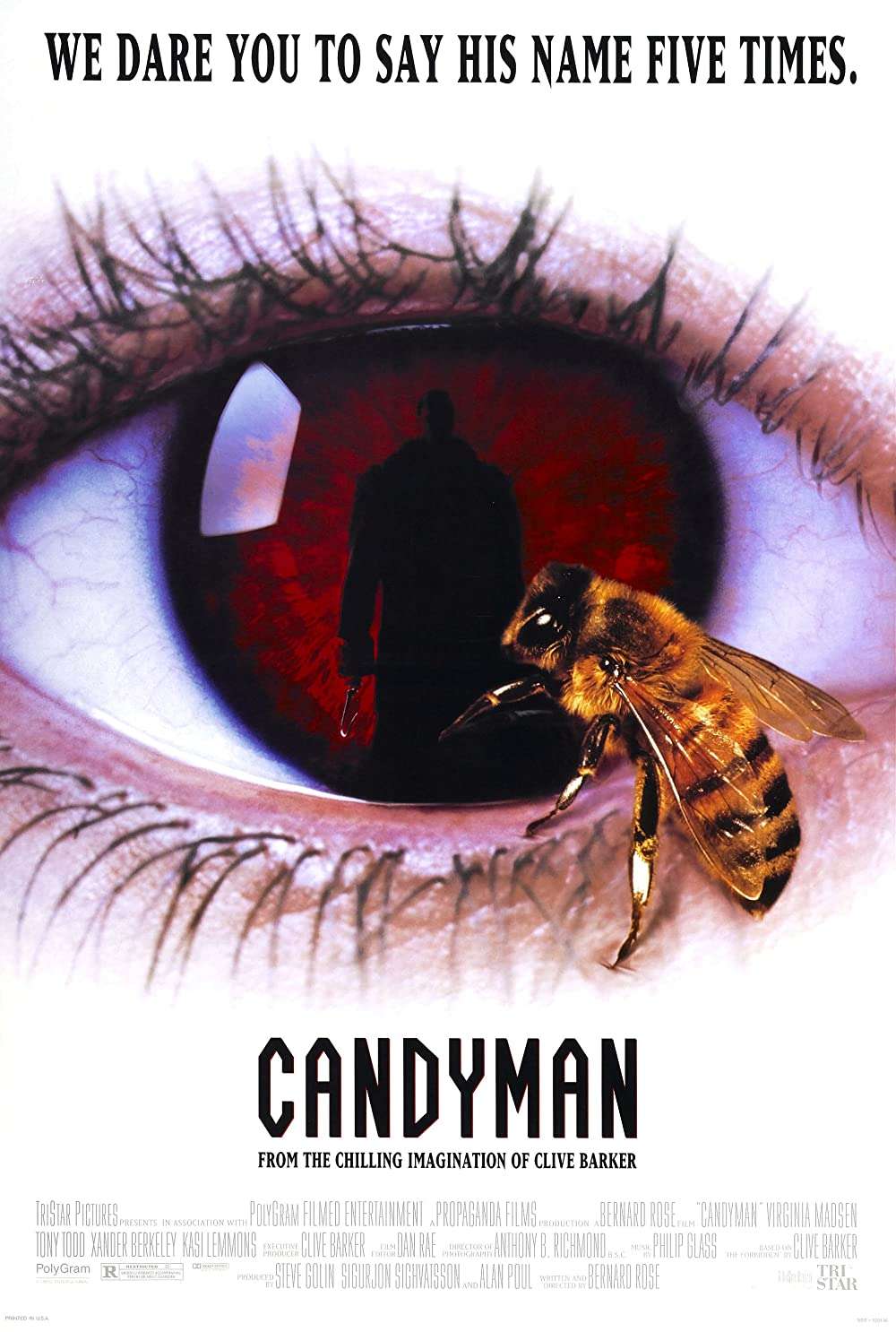
From the grossly macabre mind of British horror icon Clive Barker comes this ominous tale of vengeful spirits & forbidden love. Yes, love, for all of Barker’s work centers on the idea that dualities are, in fact, two halves of the same coin: pain is pleasure, Hell is Heaven and insanity is a mark of genius. This chilling juxtaposition of diametrically opposing concepts is a hallmark of Barker’s fiction, evident in his cult classic franchise Hellraiser, and this movie.
Candyman is Barker’s take on the “Bloody Mary myth”, realized as a biting commentary on deep societal issues like race & “taboo subjects”; especially sex. At first glance, it feels like your typical slasher movie: the ghost of a man wrongfully killed because of his race, with a hooked hand and a personal vendetta is summoned when you take his name 5 times while looking in the mirror.
When you take off the veil of surficial understanding, Candyman reveals itself to you as a menacing romance that tantalizes your senses by mixing intimacy with intimidation. The Candyman’s presence is hypnotic for Helen (literally, to hear actor Virginia Madsen say it) and draws her into this sick re-enactment of his previous life, where he was killed for loving a white woman.
Through Helen, his legend is both validated and propagated, as we see at the end of the movie. The entire movie has an art film aesthetic, tinged with a healthy dose of jump scares and fascinating tension. Tony Todd’s hulking presence & soothing baritone convey the true menace of the Candyman: he is mesmerizing, disorienting, and sinfully addictive; just like the movie.
Sleepaway Camp (1983)

Three years after the genre-defining Friday the 13th came out, Robert Hiltzik took us through another camp mystery; albeit the shocking twist in the tale is single-handedly responsible for making Sleepaway Camp a contender for Top 10 Camp Slashers of All Time (which might be a separate list in itself, wink wink). Our story follows young Angela Baker, a shy & introverted teenage girl who has a traumatic past and lives with her aunt, Martha.
Angela is troubled with a capital T; she’s submissive, silent & gets picked on literally all of the time! Seriously, Camp Arawak is not a camping experience we’d recommend, what with the bullying campers & cooks with a rather disconcerting view towards children.
Angela’s tormentors get their comeuppance, though; in the form of grisly murder. As a movie, Sleepaway Camp plays out like a calculated horror film that builds layers upon layers of tension and intrigue with some truly OTT death scenes that make it borderline comical. It manages to rope you back in and throw your understanding of the entire story for a spin with its ending that still stands up as one of the most shocking, disheartening & graphic conclusions to a horror film, ever.
Psycho (1960)
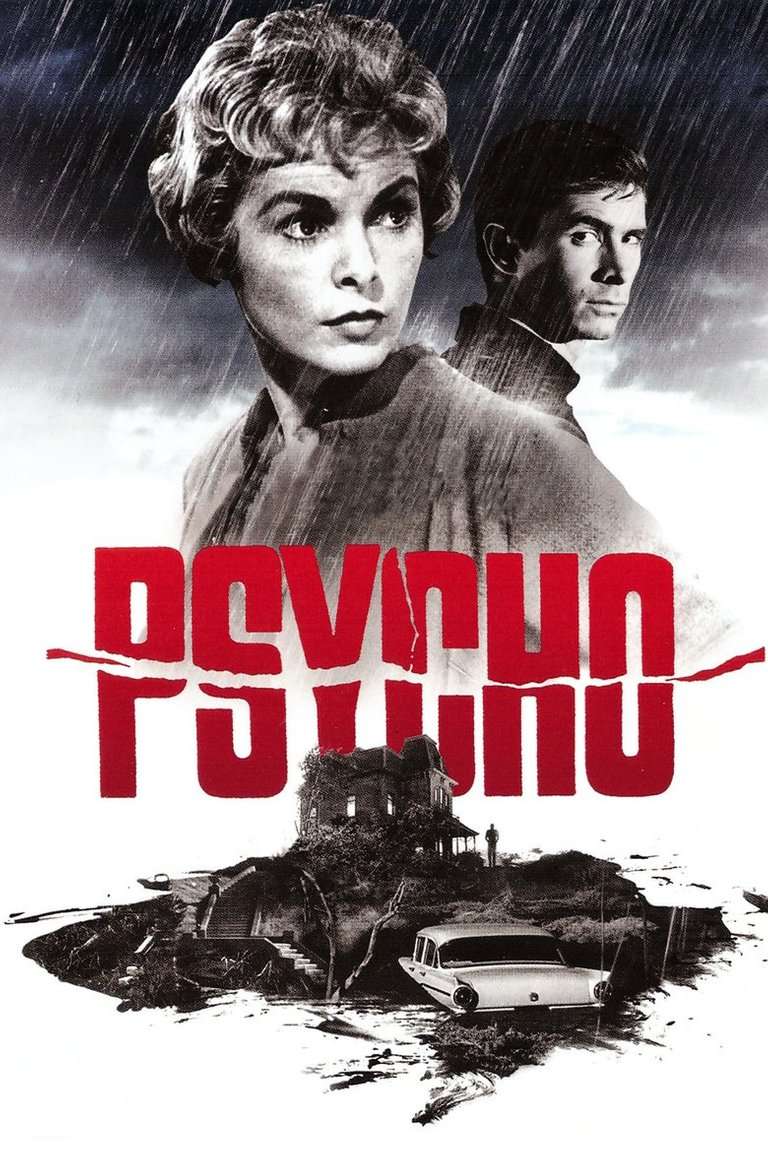
Ah, yes. The Granddaddy of all Horror Films, ever. If this was a list about movies that defined horror cinema and were closely tied to the birth of slasher films, Psycho would easily be on top. Alfred Hitchcock took Paramount to task for this one, and he ultimately succeeded by creating a masterpiece of visual storytelling that is being dissected by film critics till this day, 6 decades after its release. Psycho is a cornerstone of the genre; like Game of Thrones is to fantasy, Dune (2021) is to science-fiction and Scream was to slasher comedies.
Except unlike all of the aforementioned titles, Hitchcock manages to give this proto-slasher flick icon status with no savagery and Hershey’s Chocolate Syrup (go look it up). Escaped fugitive Marion arrives at a rundown motel to escape the law, but everything goes awry when the proprietor’s mother disapproves of her staying there. What follows is an exercise in shock-and-awe theater whose frantic pacing and twist, in the end, catches every audience member unaware.
Anthony Perkins embodies the essence of the word “unhinged” with his turn in the film; many have tried (and failed) to recreate the unwitting aura of terror that Norman Bates unleashed on the big screen. Bernard Hermann’s excellent score is as integral to portraying Bates’ insanity as it is to the film’s success; his menacing melodies give Psycho a pervading sense of doom that is hard to shake off, even long after you’ve seen the movie. Eerie, unnerving, and utterly disturbing, Psycho is a timeless gem that has served as a direct inspiration for generations of filmmakers & slasher movies alike.
High Tension (2003)
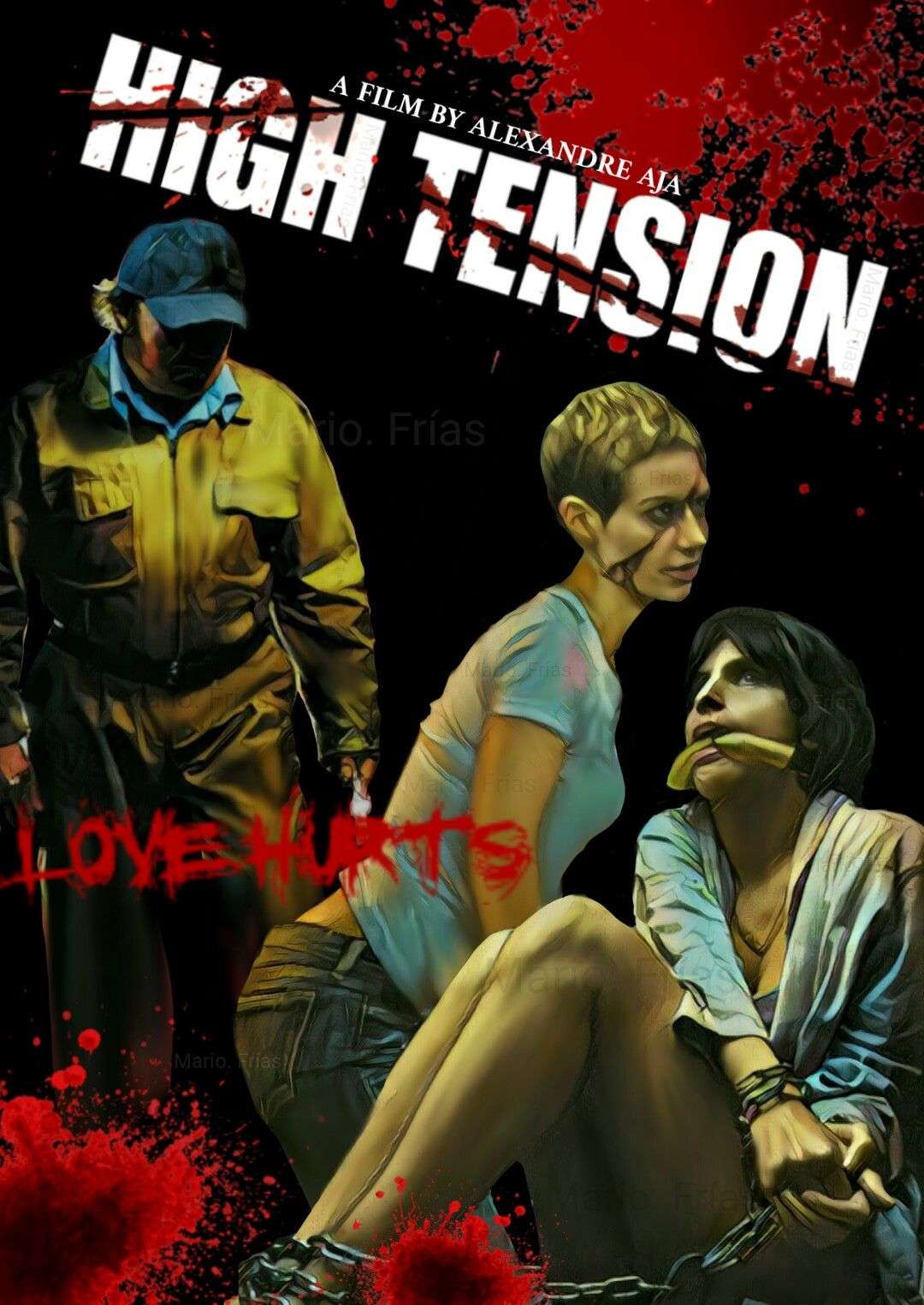
This 2003 offering from Splat Pack member Alexandre Aja is a love letter to 70’s-and-80’s slasher flicks set against the beautiful backdrop of Southern France. Best friends Marie & Alex visit the latter’s parents’ house for the weekend to study and have a sleepover. Their innocent plans turn into a deadly game of survival, when a serial killer attacks Alex’s home, murdering her parents and giving chase to Alex & Marie. Alex ends up getting captured by the killer, and Marie pursues them, trying to rescue her best friend.
The ending of High Tension is one of the most jarring exhibitions of the unreliable protagonist being played out on-screen. True to his affiliation, Alexandre ensures that the action takes center stage in the film; the gruesome death of Marie’s father is just the first in a string of graphic murders that fuel this gothic, European gore-fest. The death of the gas station owner is Alexandre’s homage to that iconic scene from The Shining.
With every passing minute, the tension keeps rising, with a stellar first hour that races by. The twist, in the end, might be cheesy for some, but the sheer terror of the reveal was enough to make us renounce love for a long, long time. Mind-numbingly violent and sickeningly freaky, High Tension brings out the bloodier side of the New French Extremity movement to a mortifying effect.
The Prowler (1981)
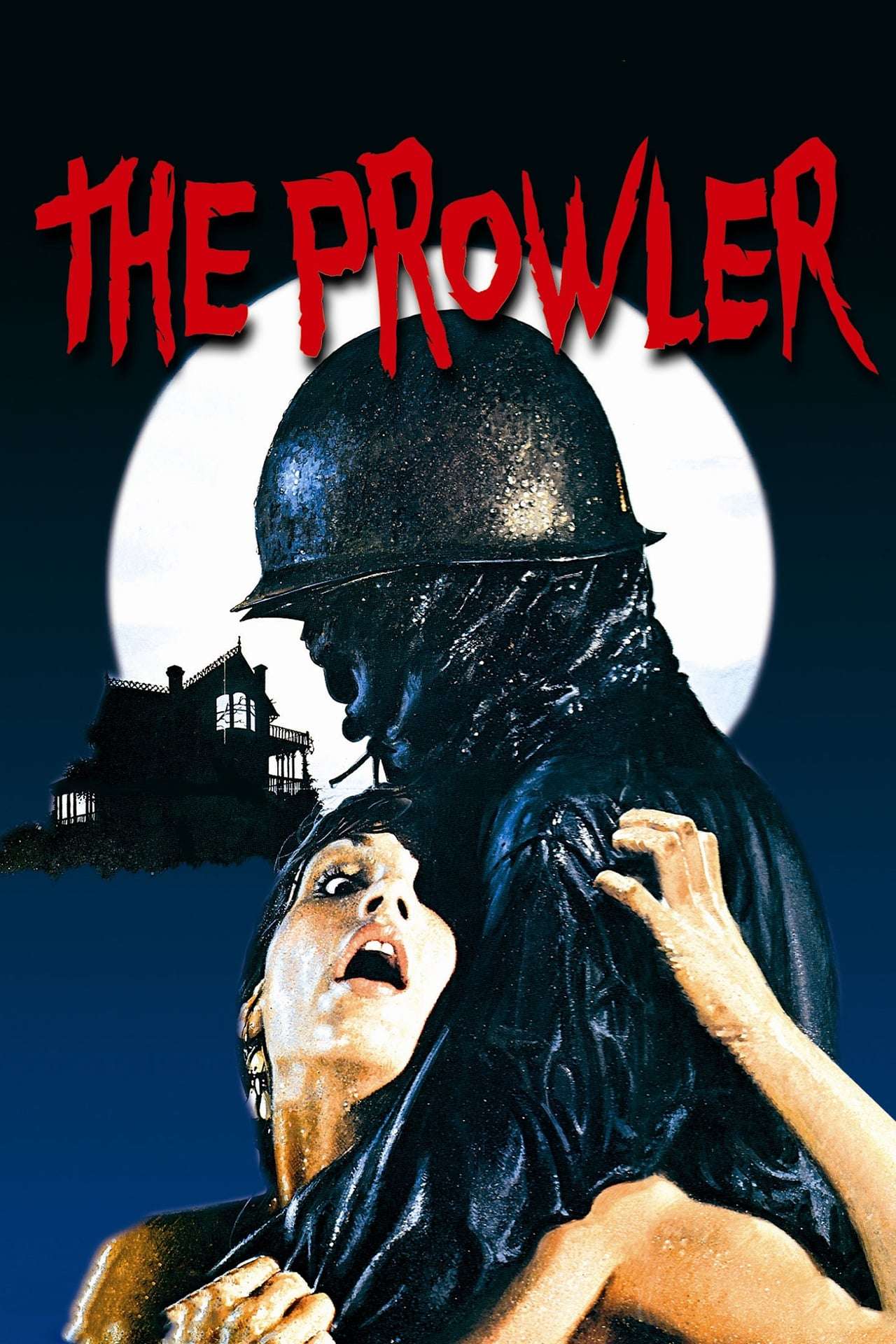
Joseph Zito is remembered in horror circles as the man who helmed Friday the 13th IV: The Final Chapter, but his foray into the genre came with 1981’s The Prowler. A decent, by-the-book slasher flick that entertains without offending aficionados, the movie begins with the all-too-familiar setup of “the first dance in ____ years”, a la My Bloody Valentine.
The spiteful serial killer in this case, the titular “prowler” and his pitchfork of doom embark on a spree of teenage murders that showcase some of Tom Savini’s most blood-curdling horror effects to date. Seriously, go watch that opening kill, and then watch every kill, because they’re all so good.
It is pure slasher indulgence, with Savini himself considering it to be his best work, period. The premise had an inherent undercurrent of tension, because the idea that a WW2 US War Veteran could be an ethereal serial killer was a big no-no, back in the 80s. The commentary on the mistreatment of enlisted soldiers sets the bloody stage for savage retribution that ends with a tip-of-the-hat to Carrie.
Saw (2004)
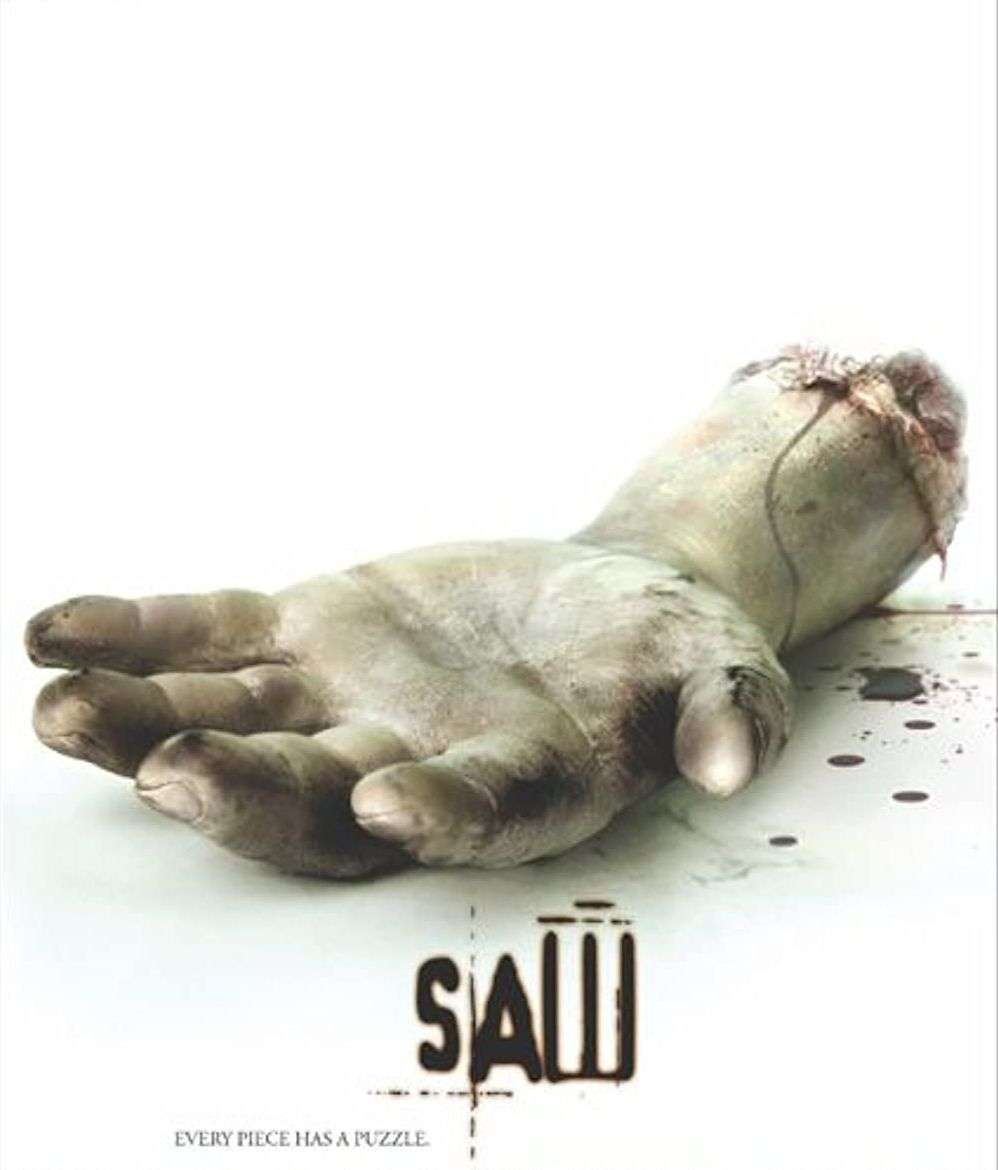
“Do you want to play a game?” These days, he’s directing big-budget blockbusters like Furious 7 and Aquaman, but Splat Pack OG James Wan started off his career with slasher. Where Insidious & Conjuring use overtly supernatural elements to invoke fear, his debut film slices away at the very fabric of morality.
Saw centers around two men, Adam & Lawrence, trapped in a dilapidated bathroom with a dead body in their midst, a bag with 2 hacksaws, and a creepy tape recorder. The recorder has instructions for them: Lawrence must kill Adam before 6 pm, or his family will die. Lawrence immediately recognizes the man as the Jigsaw Killer, a sadistic serial killer with a twisted sense of morality who tests his victims’ wills through these “games”.
What happens next is a medley of lunacy, hysteria & cold-blooded violence. Graphic, incredibly tense, and gruesome with its kills, Saw’s originality and unique, mystery-thriller vibe pointedly carries you through its 103-minute runtime, delivers immensely on the mystery’s solve, and gives you one of the best closing-shots in a slasher flick, ever.
The Burning (1981)
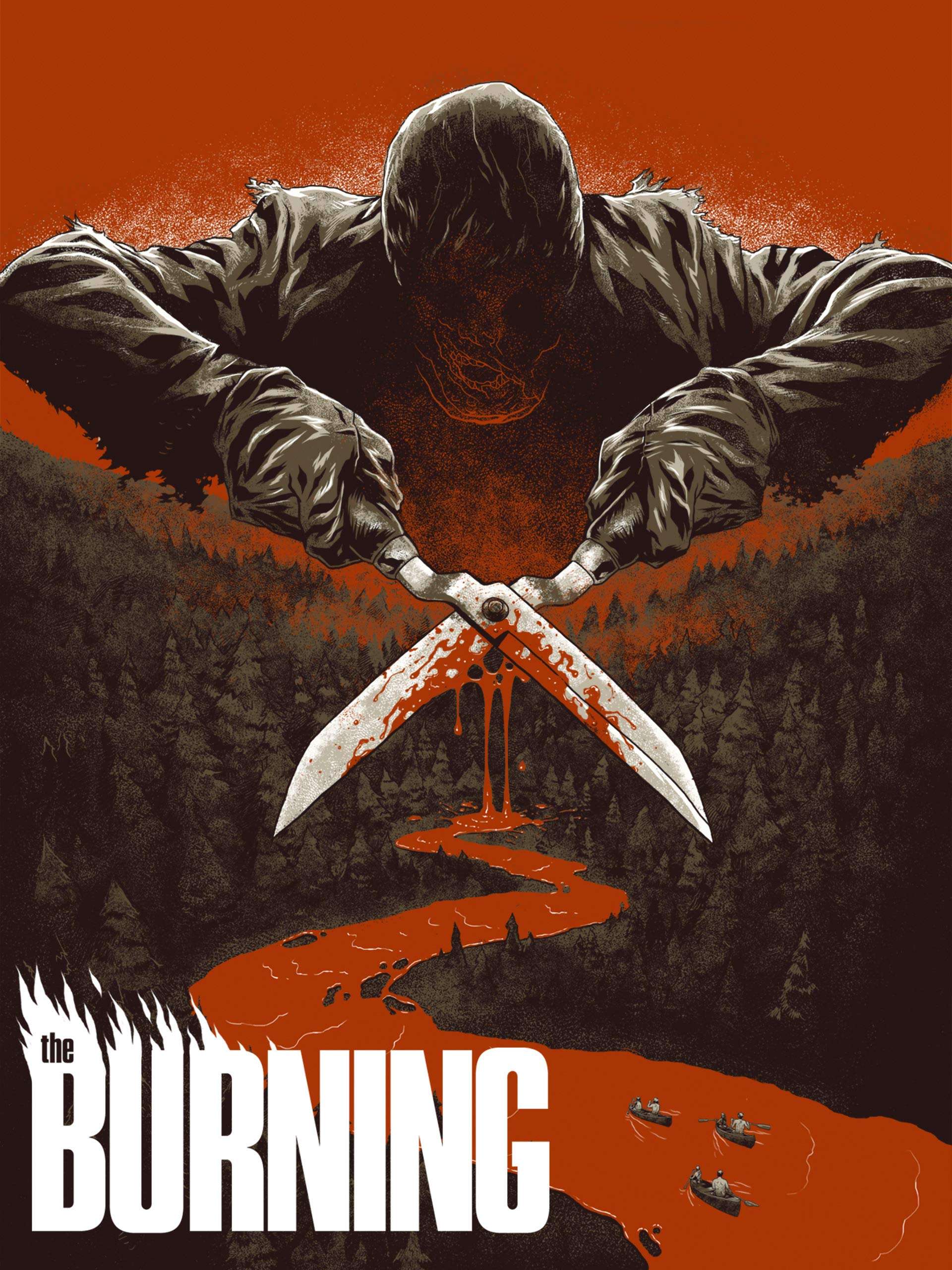
If Halloween set down the template for slasher films, then Friday the 13th gave it its spiritual home, filling drive-ins & grindhouses with gory, unhinged B movies defiling the good name of summer camps in the name of shock value & entertainment. 1981’s The Burning, however, was a cut above the rest. It lures you into a sense of false security with its first half that plays out almost like a summer camp comedy, complete with elaborate, heart-stopping pranks that foreshadow some of the characters’ fates.
Playing on real-life New York City urban legends, the film’s leading antagonist is “Cropsey”, a deranged burn victim who was presumed dead and has now returned to terrorize Camp Stonewater and its promiscuous, bullish crop of campers. It’s a classic 80’s gore-fest, restrained in the first act and unleashed in the second. Our favorite scene has to be when Cropsey attacks an entire raft full of teenagers with a pair of gardening shears. Comical? Yes. Graphic? Iconic? Without a doubt.
Scream (1996)
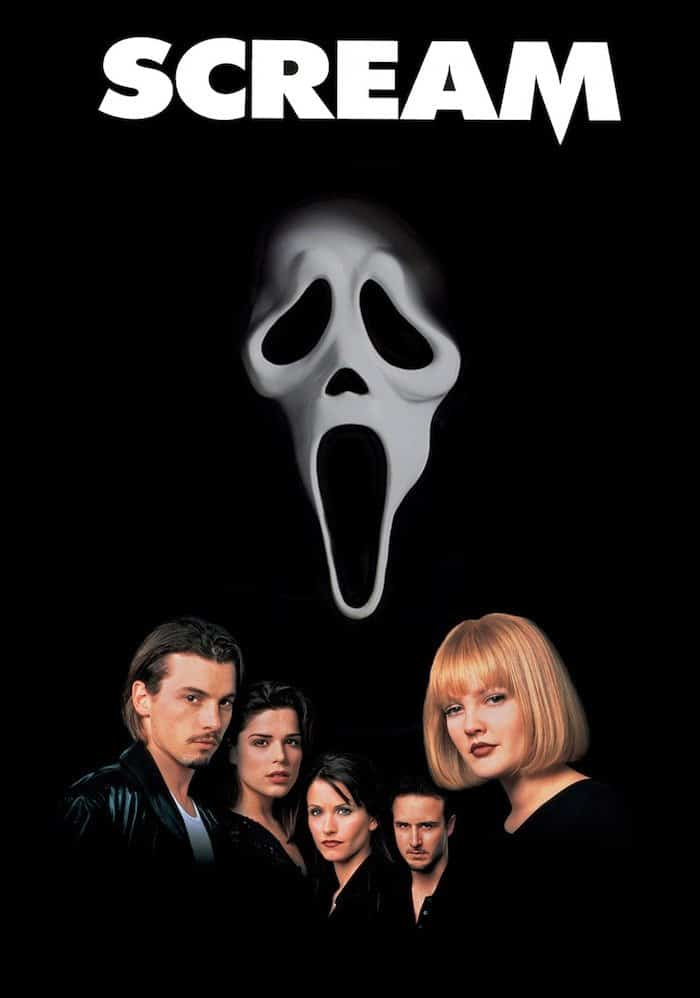
“Do you like Scary Movies?” An iconic line from an iconic film that single-handedly revived slasher flicks in the 90’s while take constant jabs at the genre in a sort of self-aware game of survival and ghastly, teenage humour. Wes Craven’s contributions to horror are foundational, so it only makes sense that he would be the one to thoroughly deconstruct them, and yet, at no point does Scream feel anything less than a visceral symphony of violence.
The crossover cast features inspired performances from all players, including a bitchier-than-Monica Courtney Cox, the affable David Arquette & Drew Barrymore for the most memorable opening kill of all time. The protagonists are well aware of the “Do’s and Don’ts” of a horror movie, and yet actively choose to engage in them anyway: from drinking, to getting it on, to saying “I’ll be right back”, their smug self-assurance is thrown in their faces with some of the most gut-wrenchingly bloody knife work in 90’s cinema.
Craven’s “Ghost Face” killer is both a trivia question & answer for horror die-hards, who know what he’ll do before he does it, and are still left horrified by his sheer savagery. Smart, sensual and funnier than it has any right to be, Scream marks a crucial turning point in the history of horror, arriving at a time when the slasher genre had become stale and becoming its sole savior.
My Bloody Valentine (1981)
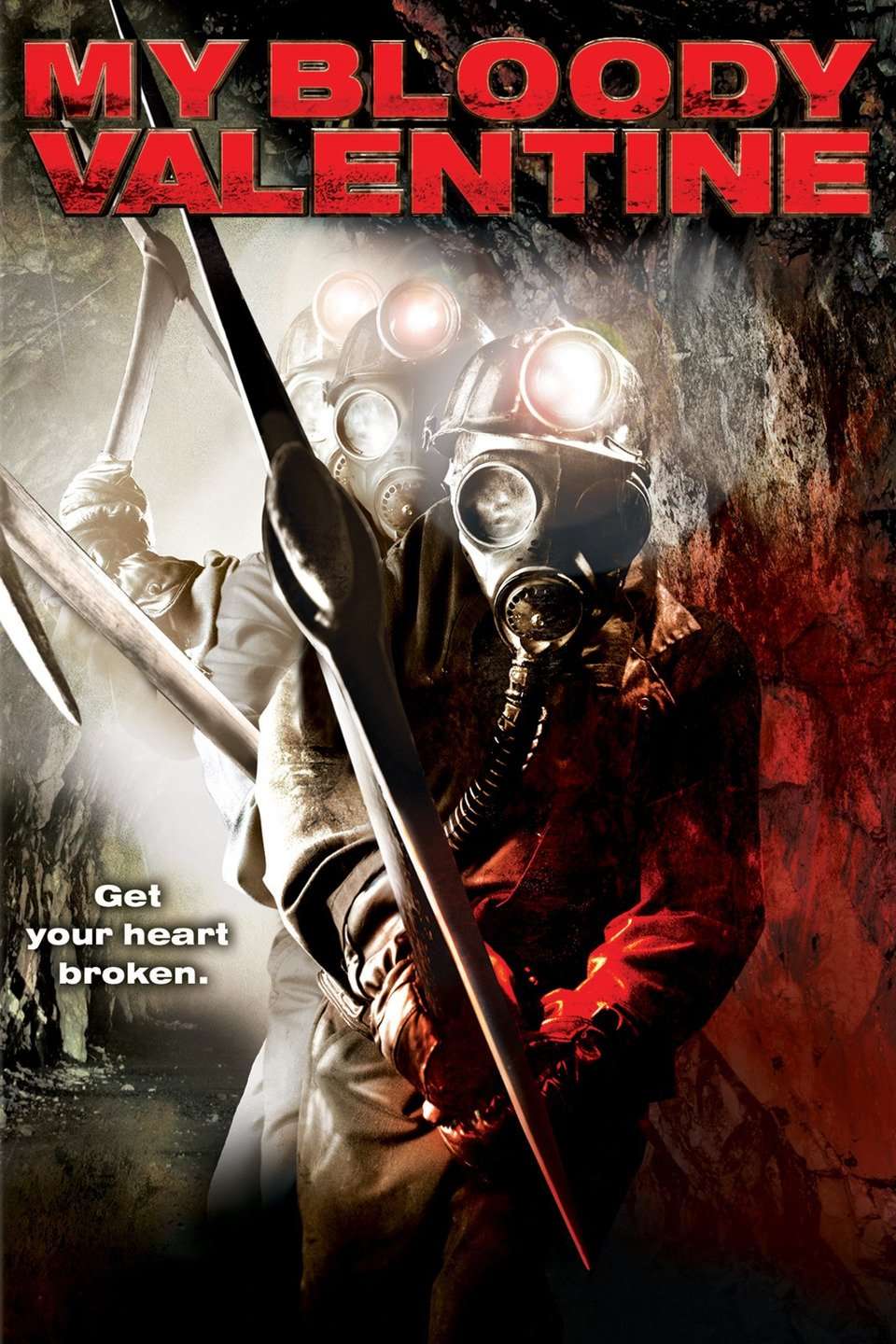
There’s a movie for every festive occasion in existence: Christmas, Halloween & Thanksgiving have a litany of horror movies attached to them, but we have to admit, we really love this cheesy, Valentine’s Day murder mystery. Not that it is much of a mystery, mind you.
This movie is an outlandish cross between a teenage rom-com love triangle and a psychological thriller that somehow ended up in a creepy, power tool-laced mine; and we love every second of it. My Bloody Valentine takes a lot of notes from Friday the 13th: the “place & date that it all happened” setting, the raunchy teenagers, the “vengeful masked killer” and jump scares & blood aplenty.
It’s a shame that The Miner isn’t as fondly remembered as Michael Myers or Jason Voorhees because his drip was rad AF. And if you want a real taste of how bloody Valentine’s parties at Valentine’s Bluffs can get, make sure you watch the uncut version released in 2009.
Audiences in 1981 who thought this film was gory with all its edits would be rushing out of the theater if they saw this! There’s a scene where our resident maniacal miner turns a copulating couple into a rather morbid spinning top and another victim into a literal faucet. Yikes! Even the ending is queasy to watch, as The Miner, after being exposed, straight up 127 Hours’ his hand, stumbling away and yelling out the title of the movie incoherently, as his crazed laughter drops the curtains on the movie.
You’re Next (2011)
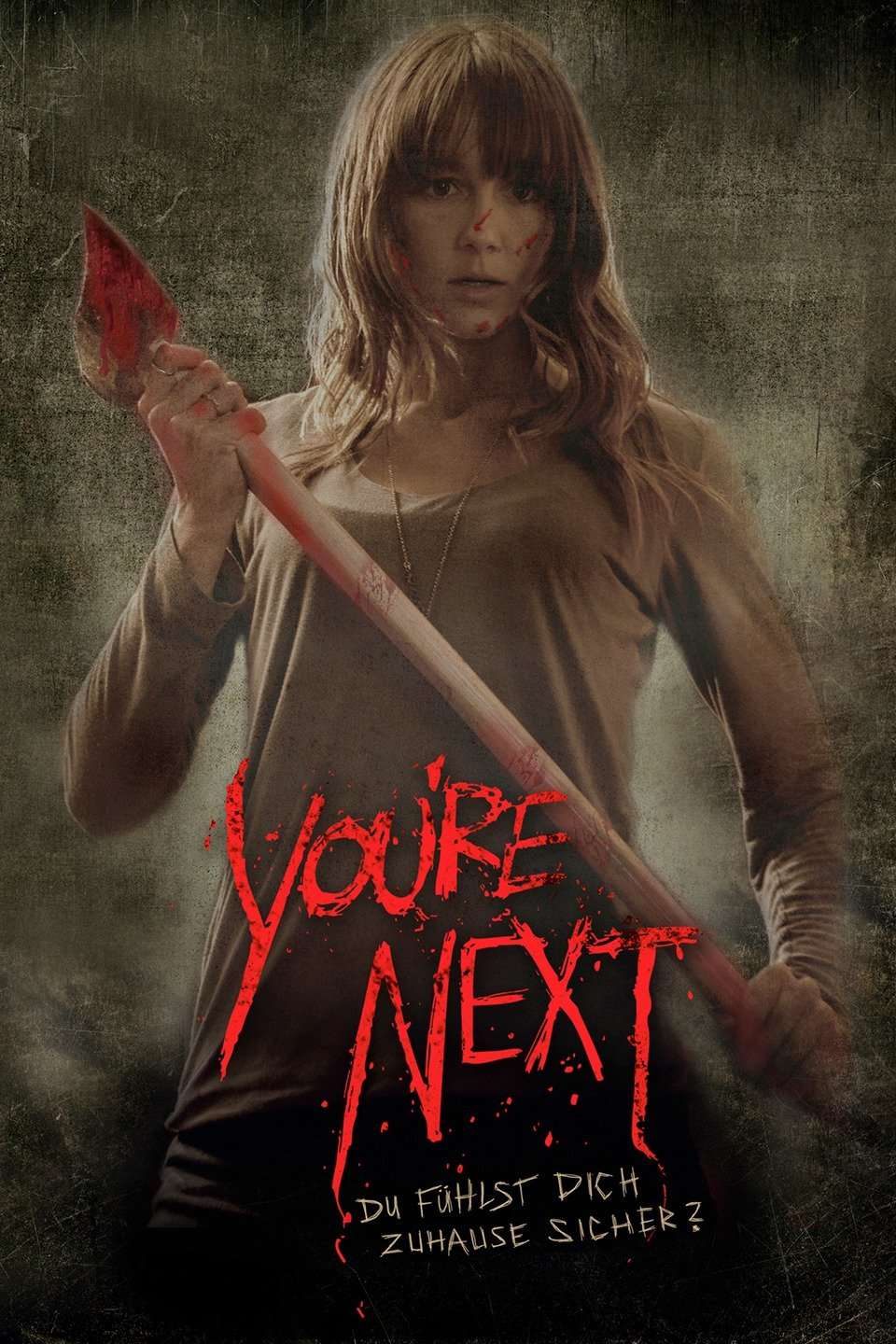
No, not the catchphrase of the famous pro wrestler Goldberg, although to be fair, the killers in this movie do use it as their calling card. You’re Next is an oddball in the horror pantheon; it’s a heart-racing thriller that is paced at a breakneck speed and manages to subvert the biggest trope in slasher films in the most clever way we’ve seen so far.
Erin accompanies her boyfriend Crispin to his home for a family reunion, and things seem fishy from the get-go. Matters take a turn for the worse when the family is attacked in what seems like a home invasion but quickly reveals itself as a far more sinister plot. If the story seems familiar to you hardcore slasher fans, that’s because it’s modeled after the infamous 1971 giallo A Bay of Blood, from the gory deaths to the murderer’s motive, right down to the ending of the film.
The erratic, impactful camerawork conveys brutality in its rawest form. Director Adam Wingard is truly indie at heart and lets his actors improvise a lot of the dialogue in his movies, which ended up giving us exceptional moments of black comedy like the crossbow exchange between Crispian & Kelly;
“Crispian: What do your shoulders have to do with your legs? I’m the fastest.
Kelly: He has a f**king arrow in his back!
Crispian: Stop yelling at me, Kelly!”
Sensational stuff. You’re Next’s Final Girl is actually the best-equipped one out of the entire lot, specifically trained in survival tactics to really drive home her unique, trope-subverting existence. Dark, bloody, and comically effective, You’re Next is essential viewing.
I Know What You Did Last Summer (1997)
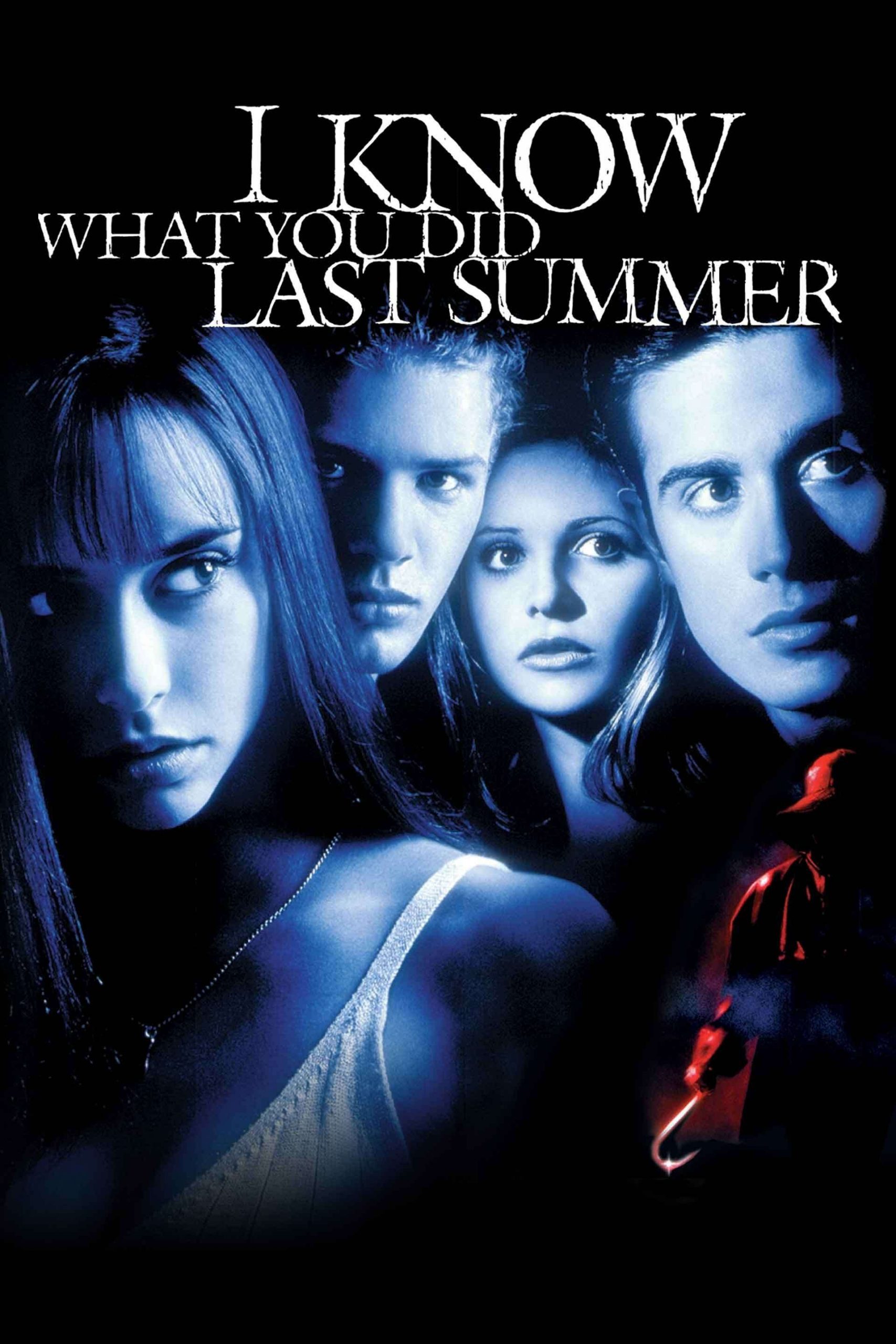
Kevin Williamson pulled off the one-two punch of his life with this film. Where 1996’s Scream saw his pen systematically deconstruct the slasher genre with a sarcastic, satirical grin, 1997’s I Know What You Did Last Summer is a full-fledged slasher that evokes the spirit of Prom Night in more ways than one.
Set in the town of Southport, North Carolina, the movie follows the story of 4 rowdy teenagers (as usual) who are trying to keep a terrible secret hidden from the entire town. That very secret comes back to haunt them in the form of a vengeful, hook-wielding killer whose death threats inspired the movie’s title. This movie is memorable for two things: featuring two of the Mystery Gang, and all of the screams, ever.
Props to Jennifer Love Hewett & Sarah Michelle Geller for likely bruising their vocal cords, delivering some of the most OTT screams to ever grace the horror genre. Simple yet sadistic, I Know What You Did Last Summer capitalizes off of the buzz generated by Scream in glorious fashion, capping off Williamson’s duology of modern slasher icons that pushed the genre into yet another boom period.
Intruder (1989)
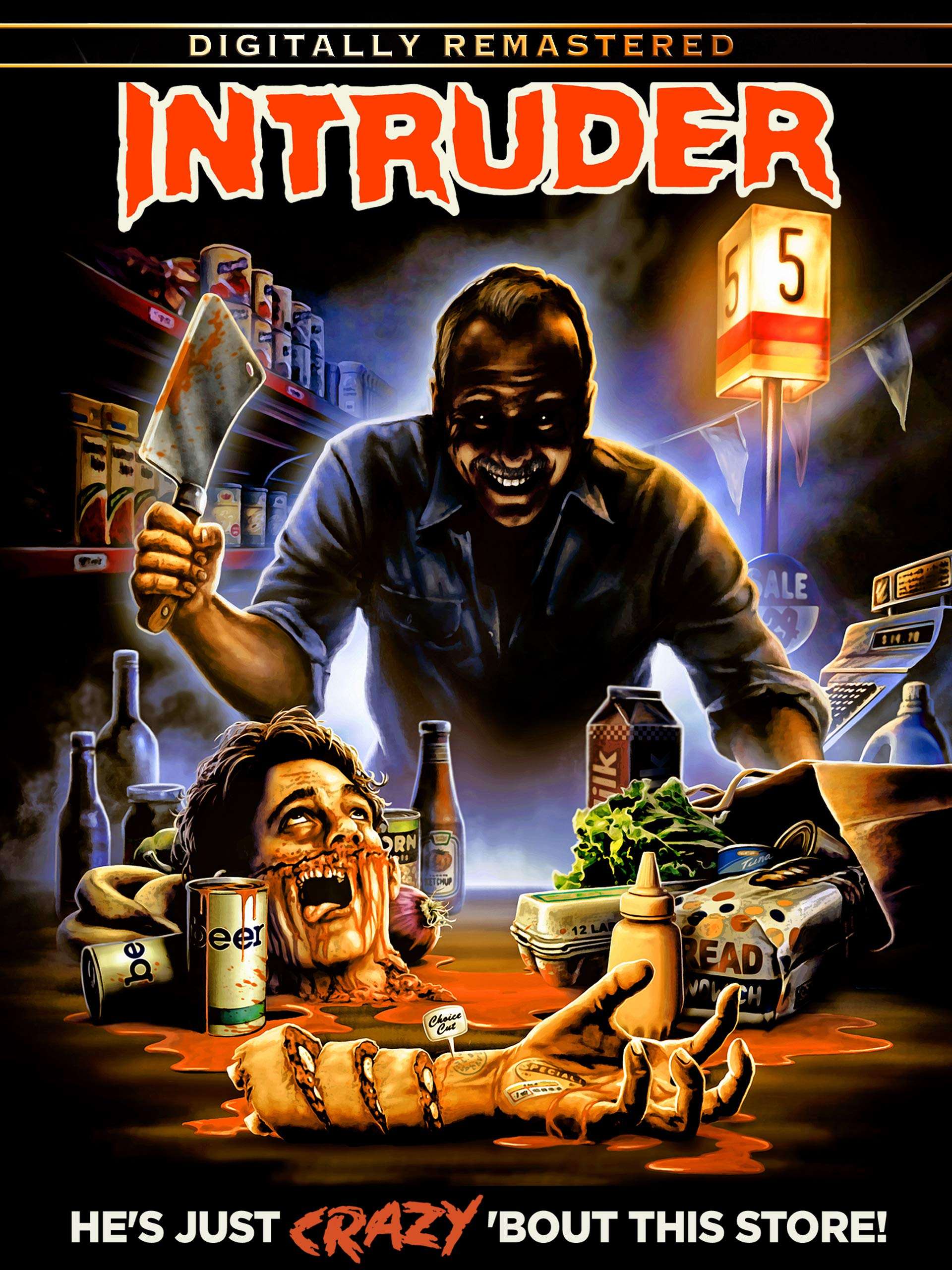
Released at a time when enthusiasm for slasher films was waning, Intruder sees Director Scott Spiegel capture the gory essence of the genre and distill it within a singularly odd location: the supermarket. As a longtime associate of horror-comedy icon Sam Raimi (who stars in a brief cameo in the movie alongside his brother), Spiegel had more experience drawing laughs with his ingenuity than screams; he was the co-writer of Evil Dead II, after all, and responsible for some of Bruce Campbell’s most iconic dialogues from it.
That perception quickly faded away after Intruder hit the screens. The night shift employees of a soon-to-be-closed supermarket are tasked with marking down all their stock in a single night. Cashier Jennifer’s ex-boyfriend Craig heckles the employees in his attempts to win her back, but after he relents, they start getting killed, one by one.
Intruder runs the risk of coming off as a cheap imitation with a half-hearted attempt at conjuring a sense of mystery and obvious red herrings plaguing it. But what it lacks in sincerity, it more than makes up for with its gore. It’s not baffling to think that this movie has an R-rating, considering it has perhaps one of the most-graphic slasher scenes of all time. Each kill escalates the stakes of violence, as we’re left peeping through our fingers, nauseous at the sight unfolding in front of us. It’s a particularly squeamish watch that is made all the more queasy by its immaculate practical effects.
Terrifier (2016)
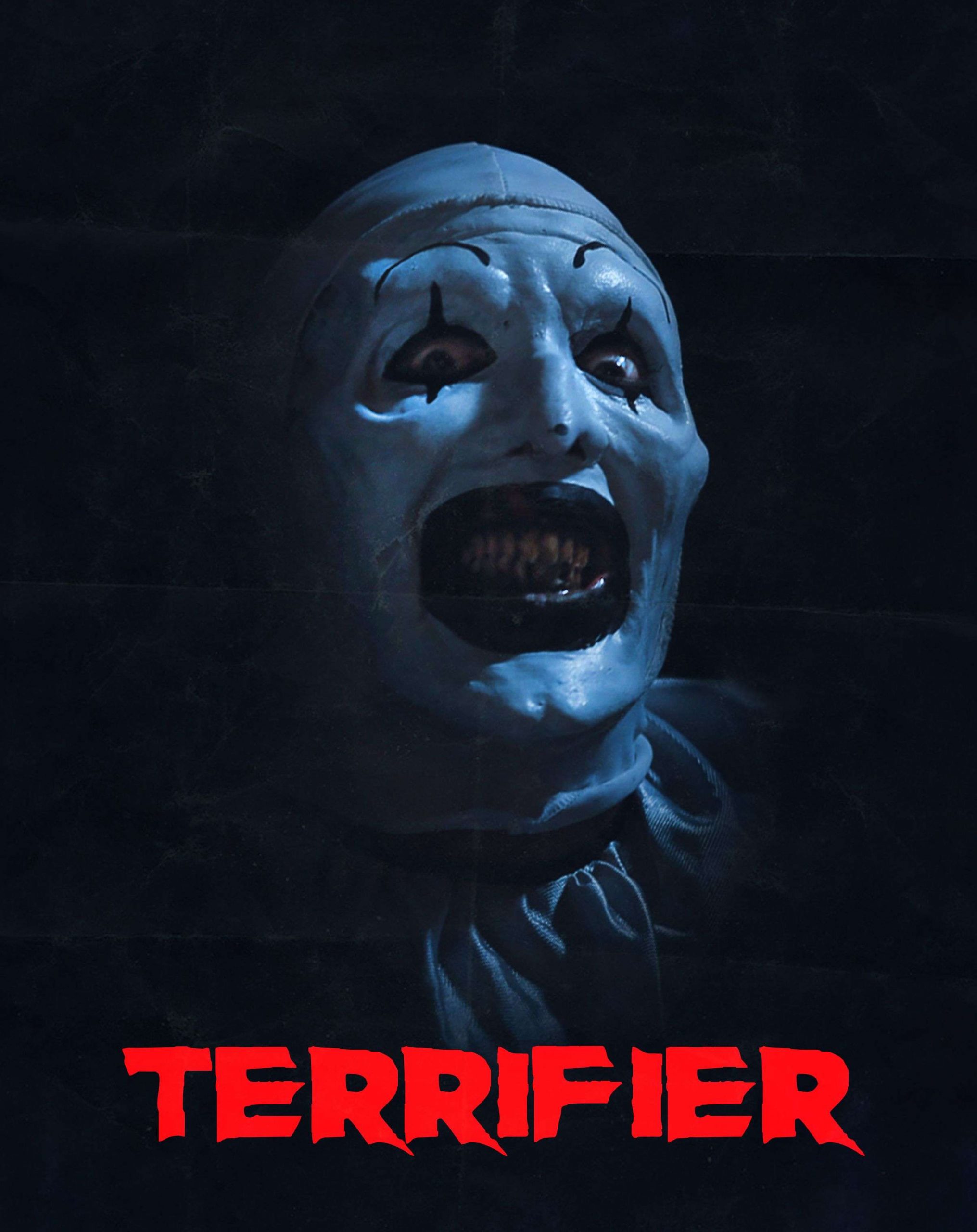
If you ever needed proof that Pennywise the Clown isn’t actually all that bad, Terrifier is your evidence. Director Damien Leone brings his original creation to the big screen in this 2016 slasher that is an all-you-can-take buffet of brutal death after brutal death. The movie begins with a chilling suit-up scene that makes Arthur Fleck look sane in comparison. We see the man watching an interview on his TV that features the survivor of a mutilating attack.
Two friends, Tara & Dawn, leave a Halloween party and head to a pizzeria where they encounter a cheery clown, who seems to be into mime art and has a very voyeuristic vibe about him that unsettles Tara. The pair is left stranded when they find their tires slashed, and are soon thrust into a cat-and-mouse chase with the crazy clown. Terrifier is a deliciously malevolent slasher that makes up for its lack of any serious plot motivations with shocking violence and the efforts of a single cast member.
David Howard Thornton’s performance as Art will knock the wind out of you and stuff it back in with a chainsaw as it stares into your eyes. His animated, cartoonish body language only serves to intensify Art’s menacing aura, as he hacks & slashes his way through the cast with a demented grin stuck on his face.
The fact that Art is a mime is never forgotten; he expresses all of his emotions without saying a single word, which has a hypnotizing effect on the viewer. And then there are the kills. Gory somehow fails to do justice to the sheer savagery perpetrated by Art; seriously, this movie is change-the-channels level of depraved and does not do us the courtesy of hiding it. Unsettling, bloody, and oh-so compelling, Art the Clown is a modern slasher icon and will be remembered as one of the genre’s standout villains for years to come.
The Funhouse (1981)
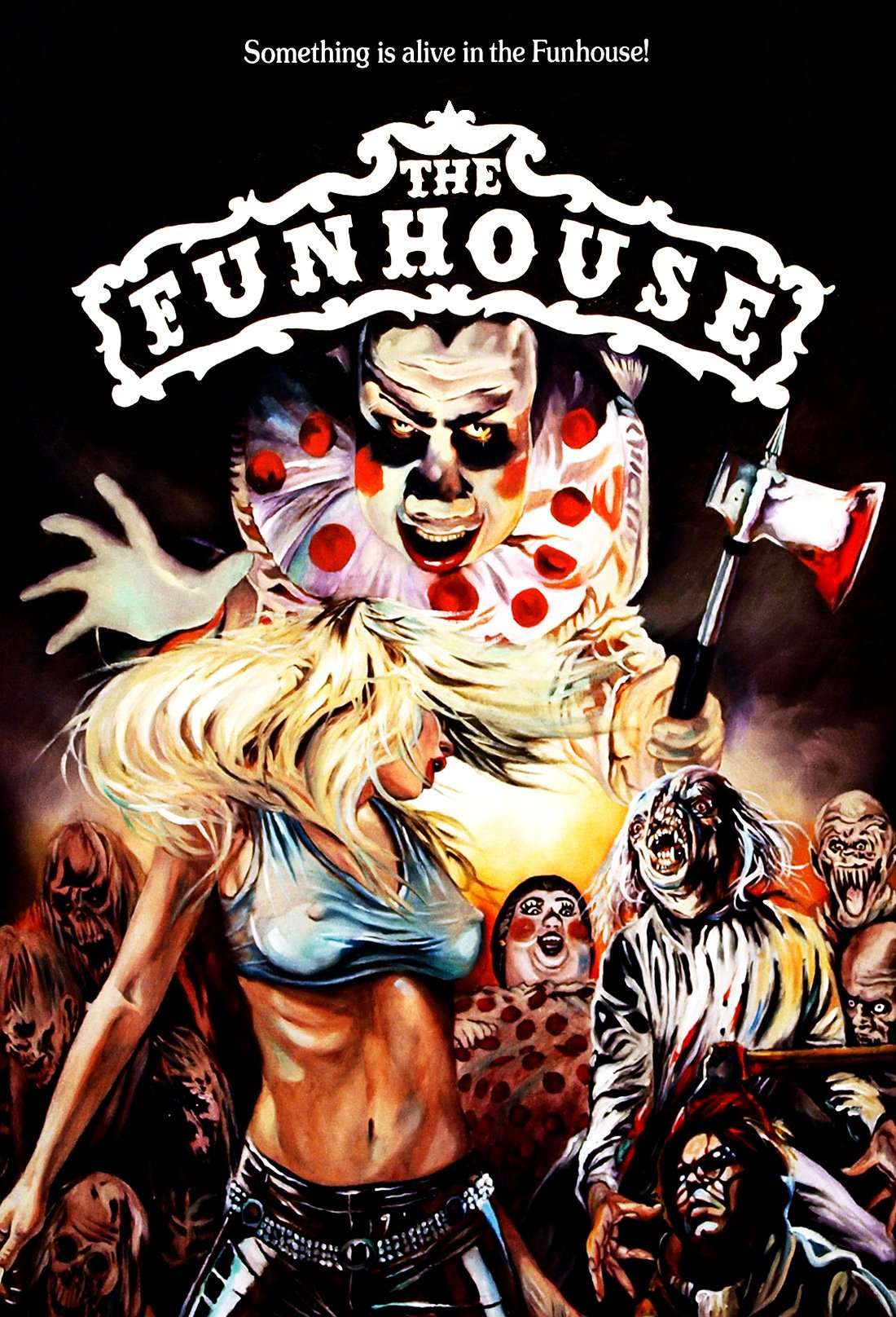
There’s something supremely unsettling about Tobe Hooper’s Funhouse that carries the entire movie’s shock-factor through simple aesthetic, great performances and masterful camerawork. Hooper exposes the seedy underbelly of a traveling circus (or carnival, as is the case in this movie) and manipulates that environment to weave a deeply unnerving narrative where it’s difficult to gauge where the freak show ends and the carnival begins.
Our story follows a gaggle of teenagers brimming with chaotic energy who enter the dark ride called “The Funhouse” after the carnival has closed down. Turns out, the darkness is hiding more than just scary exhibits, as their night of adventure turns into a quest for survival.
From start to finish, it’s as if the protagonists have stepped into a literal fever dream, and the doobie they sparked up before hitting the show didn’t exactly help things. The cinematography of this movie juxtaposes the cheerful nature of a carnival with the macabre backdrop of the film: the magician’s star attraction is a gruesome sword act, the “Funhouse” is a spooky ride filled with witches & skeletons, and so on.
The only thing that outclasses the horribly disfigured face of the deformed creature is actor Wayne Doba’s portrayal of it; his frenetic, hyperkinetic energy invoking a deep-set, primal fear of the unnatural. The Funhouse is a fun watch (no pun intended) that takes its audience on a thrill-ride and often goes overlooked for some head-scratching reason.
The Final Girls (2015)
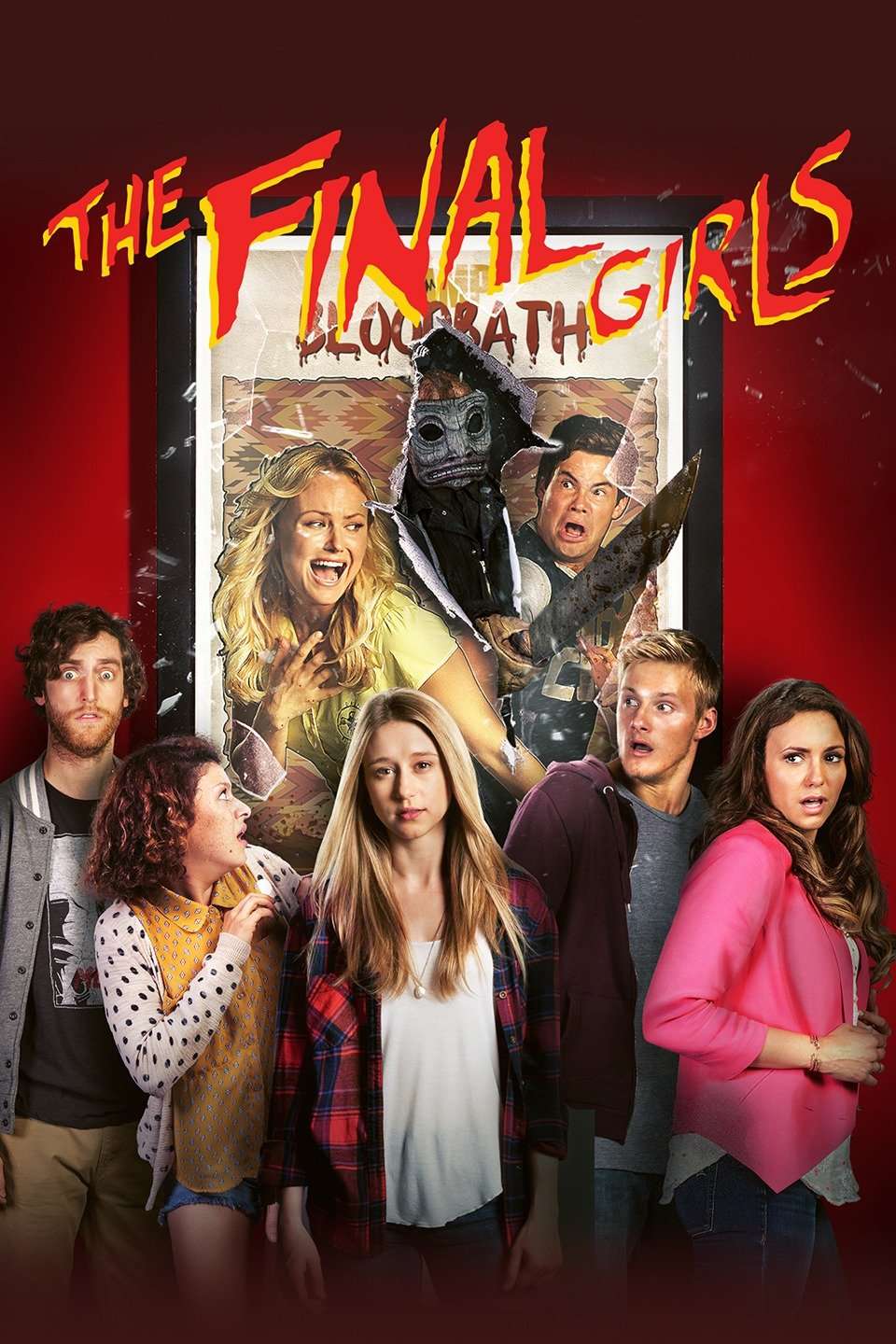
The best way to describe this 2015 metaslasher flick is if David from Pleasantville was a fan of Scream, had romantic notions like Tom from Purple Rose of Cairo and a loving relationship with his mother, a la Terms of Endearment. The Final Girls focuses on the titular “Final Girls” of this 2015 offering: Max Cartwright and her Scream Queen mom, Amanda.
The movie begins with a failed audition, where Amanda muses to her daughter that she seems to be destined to be relegated to slasher movies. Fast forward 3 years and Max is mourning her now-dead mother. She goes to watch her mom’s cult classic movie “Camp Bloodbath” and its sequel with her friends, but the movie theater is set ablaze, and the group escapes by tearing through the screen.
Only, they’ve somehow been transported into the movie itself! Over the course of its events, the teenagers try to apprehend the movie’s antagonist, Billy, while trying to keep all other characters alive through extreme (and often hilarious) means.
Despite its 4th wall-shattering narrative, The Final Girls retains enough elements of the slasher genre to qualify it as one; especially the countless, outrageous stripping scenes that attempt to “lure the killer” towards our self-aware protagonists. Funny, gruesome, and oddly heartwarming at the same time, this movie will remind you that though the source material might be intense, most slasher flicks aren’t to be taken as seriously as they make themselves out to be; or perhaps, they are.
Maniac (1980)
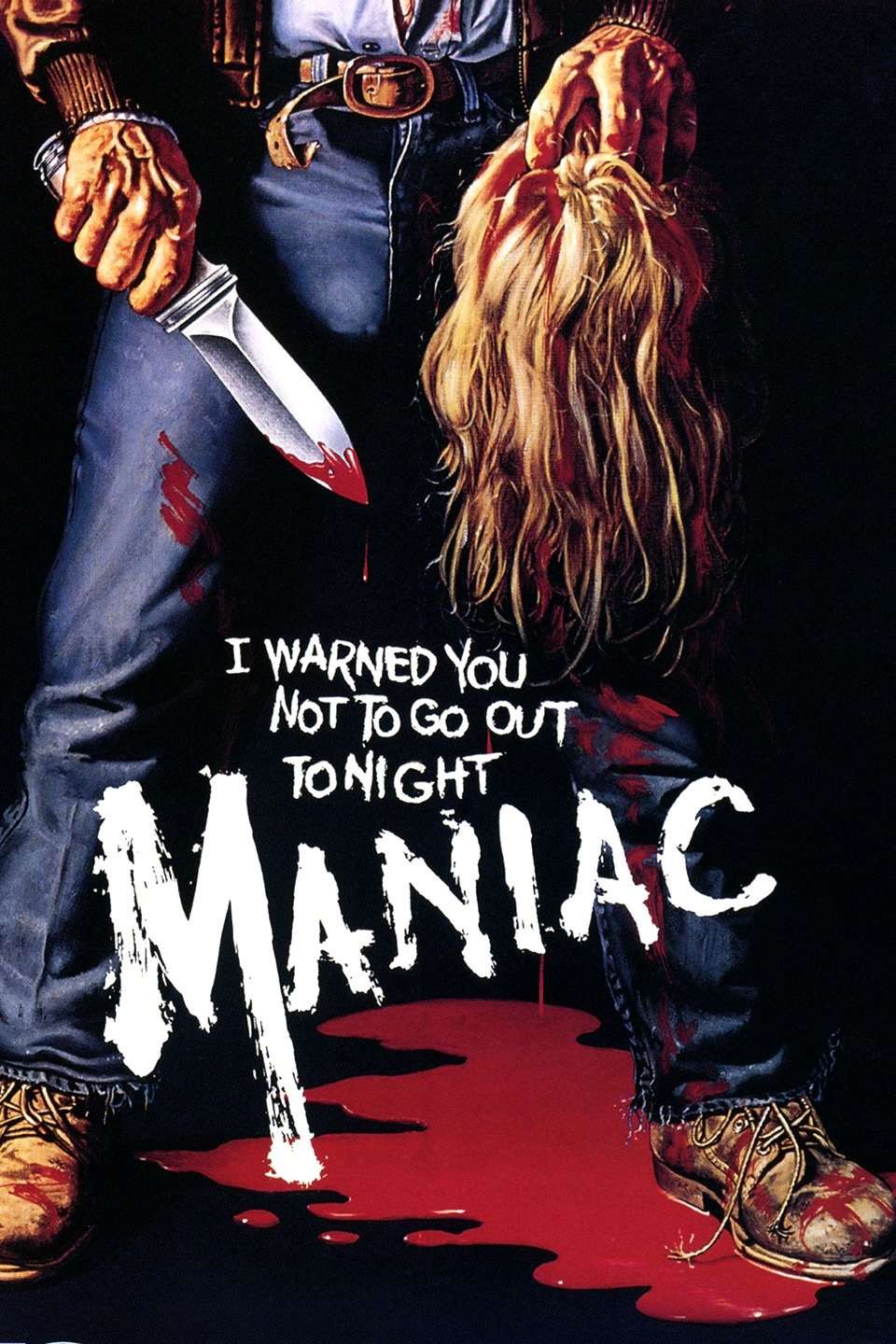
The trick to making a movie play out as intended isn’t as contingent on the background score or the acting; it is the atmosphere that it generates with its visual aesthetic that sells it to the audience. By that metric, Maniac is an ugly, voyeuristic watch whose creepy, stalker-like aura captivates and reviles us simultaneously. Shot entirely in guerrilla style and without permits, the movie has this air of unsettling sleaze about it that carefully builds itself into the narrative and characters’ backstories.
Not since 1960s Psycho have we met a man so grotesquely hung up on his mom’s transgressions, and the comparisons with Norman Bates do not end there. Joe Spinell’s Frank Zito is a violent enigma; a greasy, schizophrenic man whose perversions are too mortifying for mere mortals to behold. We see the movie through him and are forced to bask in his gruesome lunacy, as he debases women and dresses mannequins with their “hairs”, talking to these inanimate ladies like he’s at daycare and in need of a hot chocolate.
It is possibly Spinell’s greatest performance as a leading man, and that alone makes it worth a watch. Of course, no slasher classic is complete without gore, and horror icon Tom Savini executes yet another masterpiece of splatter effects with Maniac, using a point-blank sawed-off shotgun blast for a particularly grisly scene that even he thinks might have been taking things “too far”.
Black Christmas (1974)

Bob Clark’s beloved A Christmas Story is a staple of our annual Christmas block over on TBS, and given the heart-warming journey that film is, it absolutely baffles us that the same man who gave us the “Oh fudge!” moment, created the formative slasher film, the ultimate prototype that came to define an entire genre and still stands up almost 50 years later: Black Christmas.
John Carpenter must have been taking detailed notes when he watched this film because a lot of its storytelling elements- verbal & visual- would inspire Halloween. Clark introduces the concept of the killer’s POV here, which lends an air of surreal malevolence to the movie; after all, if you’re seeing through the killer’s eyes, surely you must feel their actions just as well as they play it out?
Black Christmas is like a guidebook for slasher films: the deranged murderer who’s out to right a perceived wrong, the group of hormonal teenagers (a sorority house in this case), the proverbial Final Girl; it all started here. Another thing that directly found its way into Halloween is the phone call scene where our Final Girl’s friend gets killed, on-call; hello Olivia Hussey & Jamie Lee Curtis.
Clark does a wonderful job of building suspense, revealing only parts of the killer’s physical appearance and never disclosing his identity or intentions thus feeding into the most human instinct there is- the fear of the unknown. Who can forget the sheer terror they felt when Hussey’s Jess gets a call from the police station informing her that the obscene calls she’s been getting are coming from “Inside the house!”? Black Christmas keeps you locked in your seats, transfixed, as you try to figure out the mystery of the killer’s identity, all the while squirming in your seats because of all the tension & deaths that take place in front of your eyes.
Happy Death Day (2017)
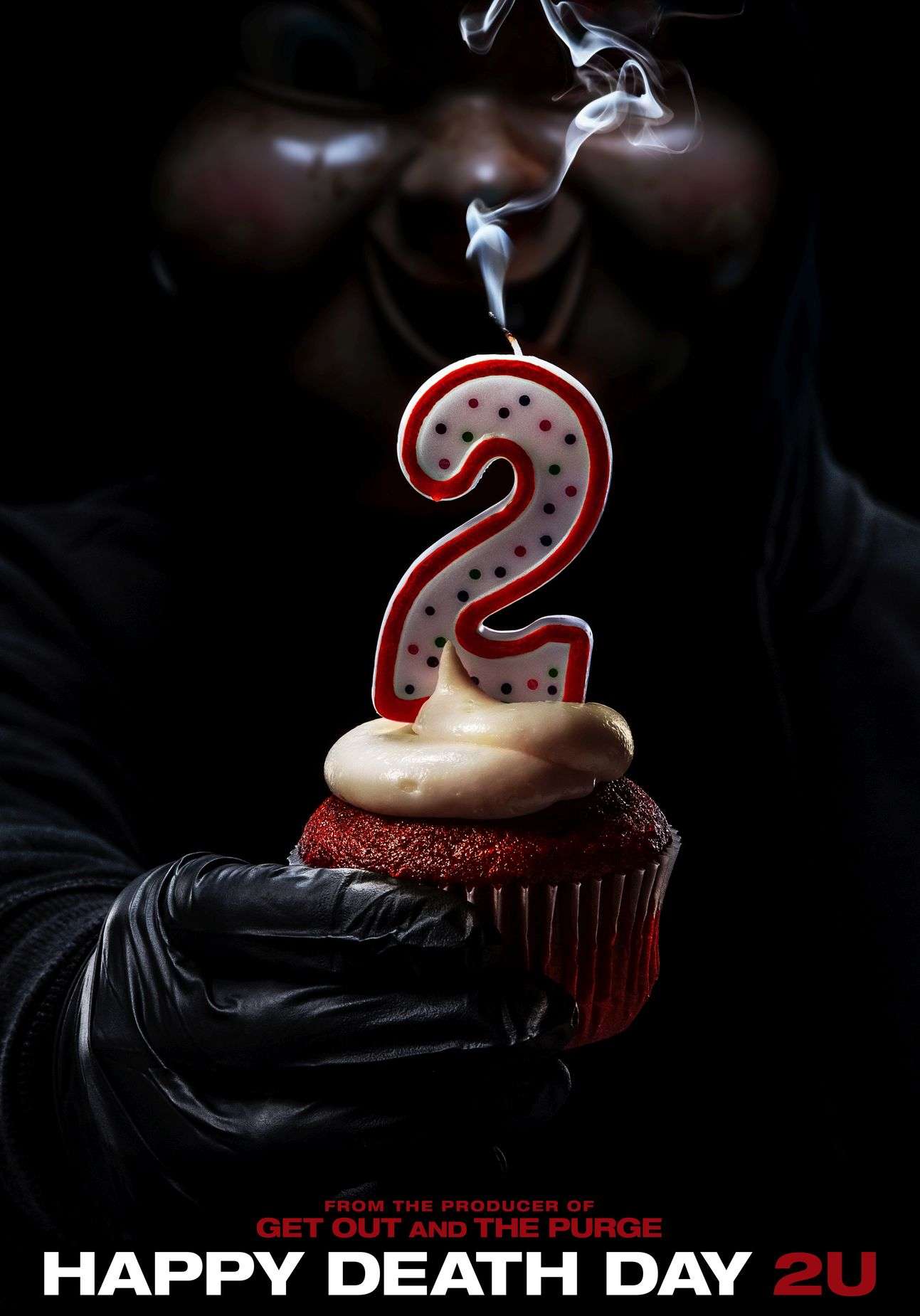
Imagine if Ghost Face was pursuing Phil Connors in his time loop; you’d basically be watching a gender-reversed version of what unfolds in this Christopher Landon-directed 2017 slasher comedy. An eclectic mash-up of Scream and Groundhog Day, Happy Death Day sees us following a day in the life of Theresa “Tree” Gelbman; except at the end of her raunchy, profanity-laced day, she’s killed by a masked murderer.
Things get bizarre when Tree wakes up and finds herself back in the bed of her one-night-stand from the previous day; she’s stuck in a time loop and the only thing she can do is die, repeatedly, in an increasingly funnier & more frustrating fashion. Now, she must figure out how to escape the loop and trap her assailant, all the while reliving her past transgressions towards various people & trying to reinvent herself. Granted, as far as slashers go, it is kind of tame; not too gory, no over-the-top violence.
In fact, if anything, the deaths escalate into a parody of the genre, almost. What makes this movie so goddamn addictive is Jessica Rothe’s Tree. Wild, uninhibited, vulnerable, and confident at the same time, Tree’s multi-faceted personality makes you genuinely feel for her, so much so that you actively root for her towards the end. Happy Death Day breezes through its 96-minute runtime with enough sass & chick-flick-esque montages to keep you entertained while satiating your bloodlust; well, kind of, anyway.
Freaky (2020)
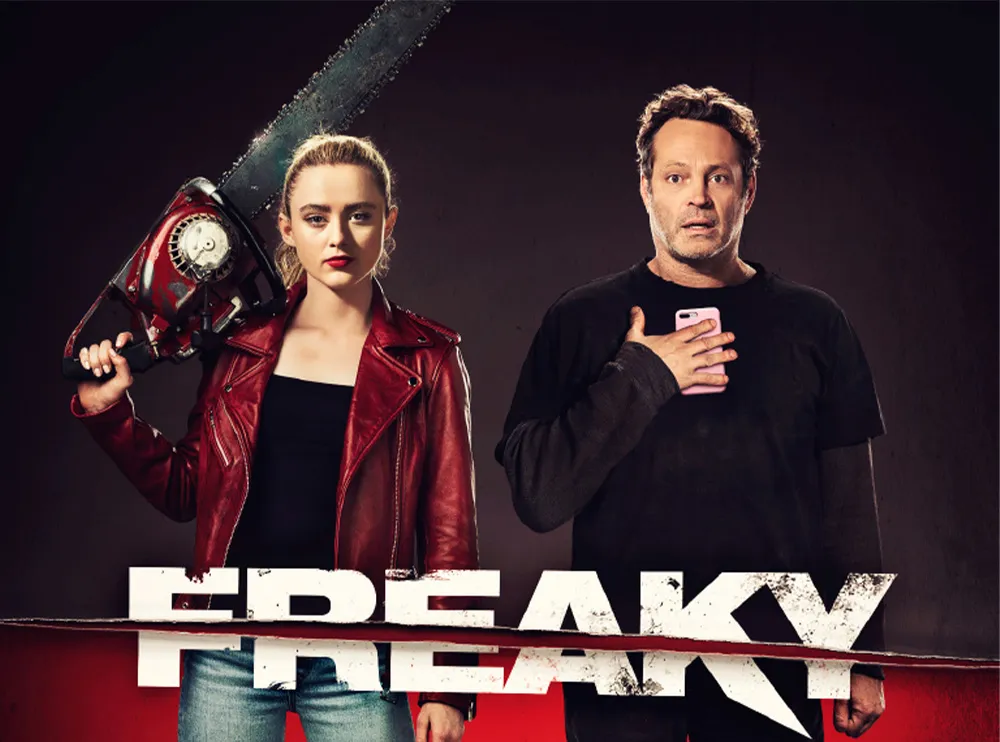
Now this, Christopher Landon, is a slasher movie. While his last slasher comedy was more of the latter, with Freaky, Landon doubles down on his unique brand of franchise mash-ups and brings all of the gore. Our story is set in the fictional town of Blissfield, with a serial killer who has done his slasher homework. Seriously, in the opening scene itself, he’s able to reference Halloween, Friday the 13th, AND Scream, while coming up with perhaps the most original opening kill we’ve seen so far; remind us NOT to drink directly from a bottle, ever again.
Things go all Freaky Friday when the same killer stabs young Millie Kessler with an enchanted knife that causes them to swap bodies. Now stuck in The Butcher’s body, Millie must figure out a way to get her body back while trying to thwart this mad murderer’s rampage.
Despite its comical premise, Freaky gets a lot of things right; the gender dysphoric experience that Millie goes through is a real expression of Landon’s closeted childhood and the movie handles the subjects of gender fluidity & sexuality with exceptional grace & sensitivity. Not to say it’s devoid of massive sassy gay energy; looking at you, Josh.
Vince Vaughn & Kathryn Newton deliver stellar performances as The Butcher & Millie respectively, effortlessly channeling each other’s mannerisms while poking fun at their own physical limitations and newfound “abilities”. And as we’d mentioned before, Landon really brings the gore in this film; especially in Mr. Bernardi’s death scene, where he recalls fake blood shooting up to the ceiling of the set during filming which was at least 50 feet high! Funny, endearing, and garishly brutal, Freaky is perhaps the most millennial slasher flick of all time- and that is a great thing.
Stage Fright a.k.a Aquarius (1987)
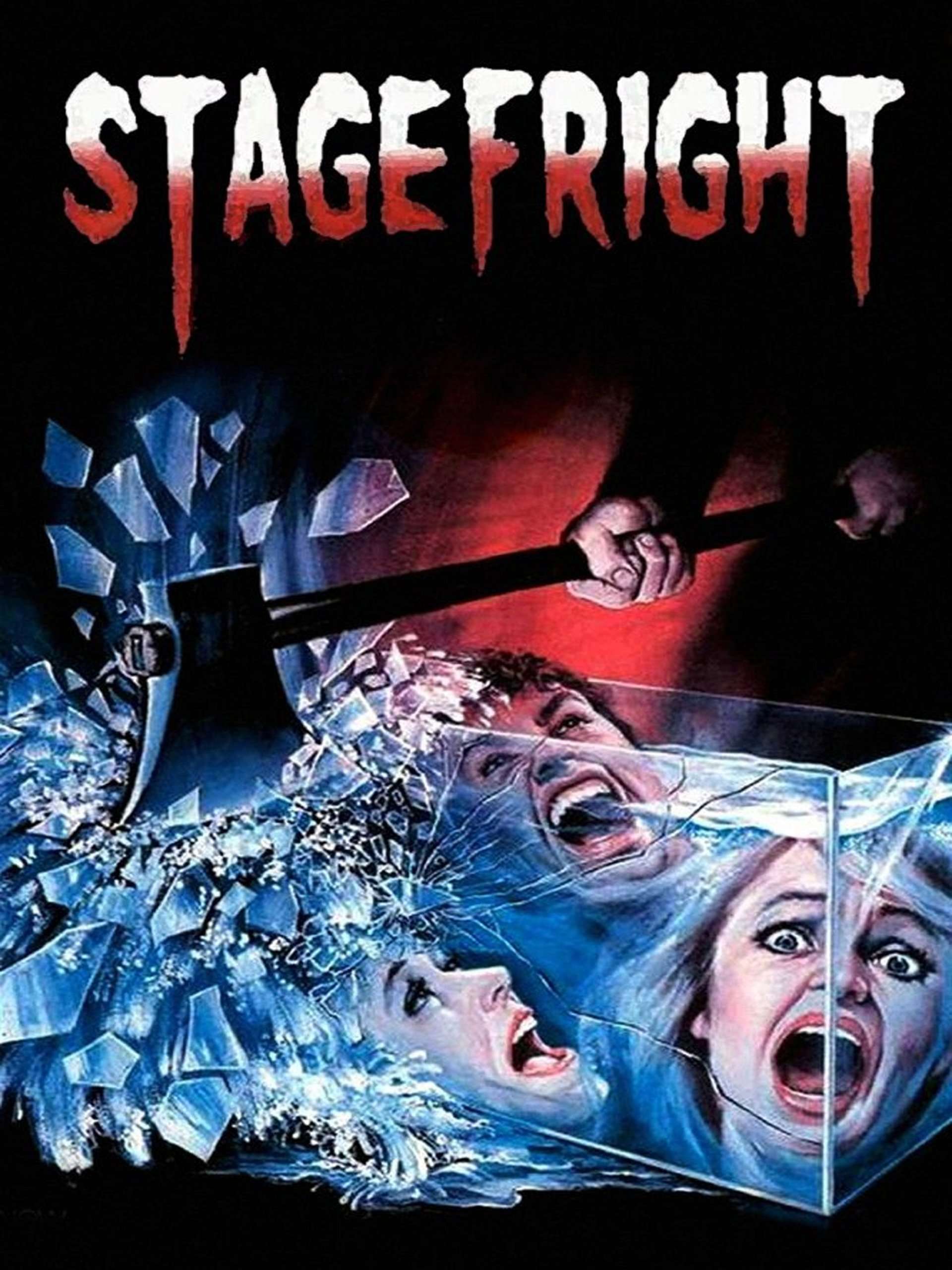
Try as you might, you wouldn’t find any giallo out there that is as American as Michael Soavi’s directorial debut. Before Stage Fright, Soavi had been the protégé of giallo & horror icon Dario Argento, whose gory contributions to cinema inspired an entire genre across the ocean.
As it turns out, the master taught his student well; Stage Fright has all the shocking violence of a classic Argento production with a fresh script and an intimate setting that allowed Soavi’s movie to supersede his mentor’s through sheer suspense & claustrophobia.
The movie is set in one location for most of its runtime; a dark, eerie theater where a troupe is getting ready to perform The Night Owl, conducting night rehearsals to perfect their performances. Unbeknownst to them, a psychotic killer has broken in and is planning to turn their production a tad bloodier than expected. The Owl-masked killer Irving Wallace is genuinely unsettling, showing early-giallo levels of enthusiasm for gleeful brutality.
Soavi’s fluid camerawork & unique set-piece designs lend an aura of surreal terror to the movie that makes you wish it were phantasmagoric. Though slow-paced at first, Stage Fright turns downright frantic after the first kill occurs. That visual of the cast members’ lifeless bodies being set up around stage is bone-chilling, and just one bead on the string of horrors that is Stage Fright.
Behind the Mask: The Rise of Leslie Vernon (2006)
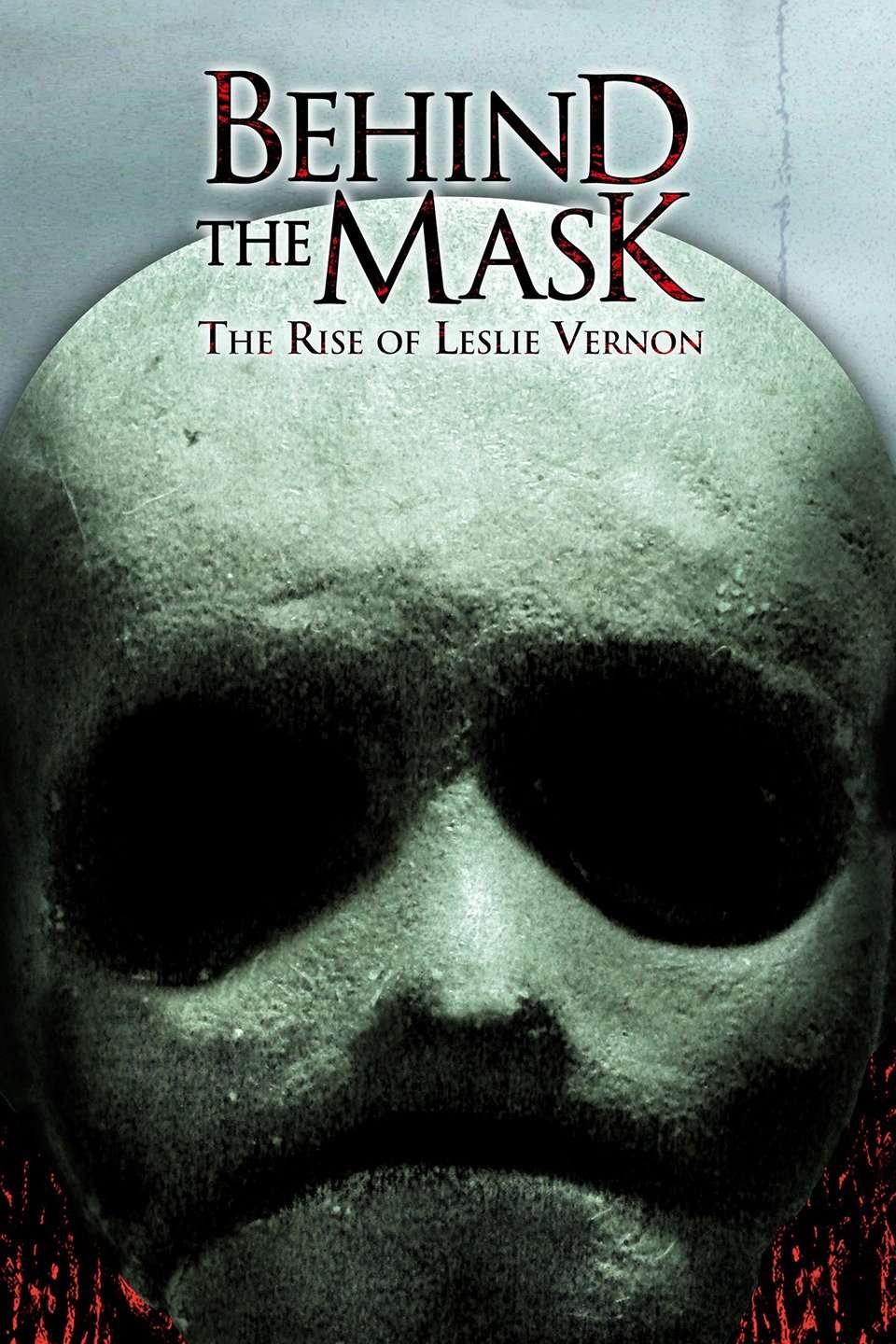
If The Daily Show existed in a universe where mainstream horror icons were real, this movie might have been one of their best field pieces; and they’ve had some doozies over the years. There have been many attempts to replicate Scream’s genre-deconstructing hilarity, but this mockumentary-style howler directed by Scott Glosserman leaps beyond those comparisons and creates a trope-exposing monolith that has, genuinely, some of the best black comedy bits ever seen in a slasher movie.
In Glosserman’s universe, notorious serial killers Jason Voorhees & Freddy Krueger are legends; and not the urban kind. Turns out, they were real, and their activities directly led to serial killing becoming a “famous occupation” in the eyes of one Leslie Vernon. To help immortalize his “legend”, he allows journalist Taylor Gentry and her documentary crew to film him in the days leading up to his “final showdown”.
What follows is a gut-wrenchingly hilarious series of interviews, complete with a “training montage” that answers some of the most obvious questions one might have after watching a slasher film; such as, “How do they always catch up to their victim?”, “Why does the killer always seem to never die?” and other head-scratchers that receive straightforward answers which inadvertently evoke peals of laughter.
Nathan Baesal’s commitment to the charming, aloof, yet maniacally impulsive Leslie saves this movie from feeling like a complete parody of the genre; the intensity he shows in certain scenes is pure slasher fear. From start to finish, Behind the Mask is a biting commentary on copycat murderers & slasher movies while being an exceptionally effective one itself.
Alice, Sweet Alice (1976)
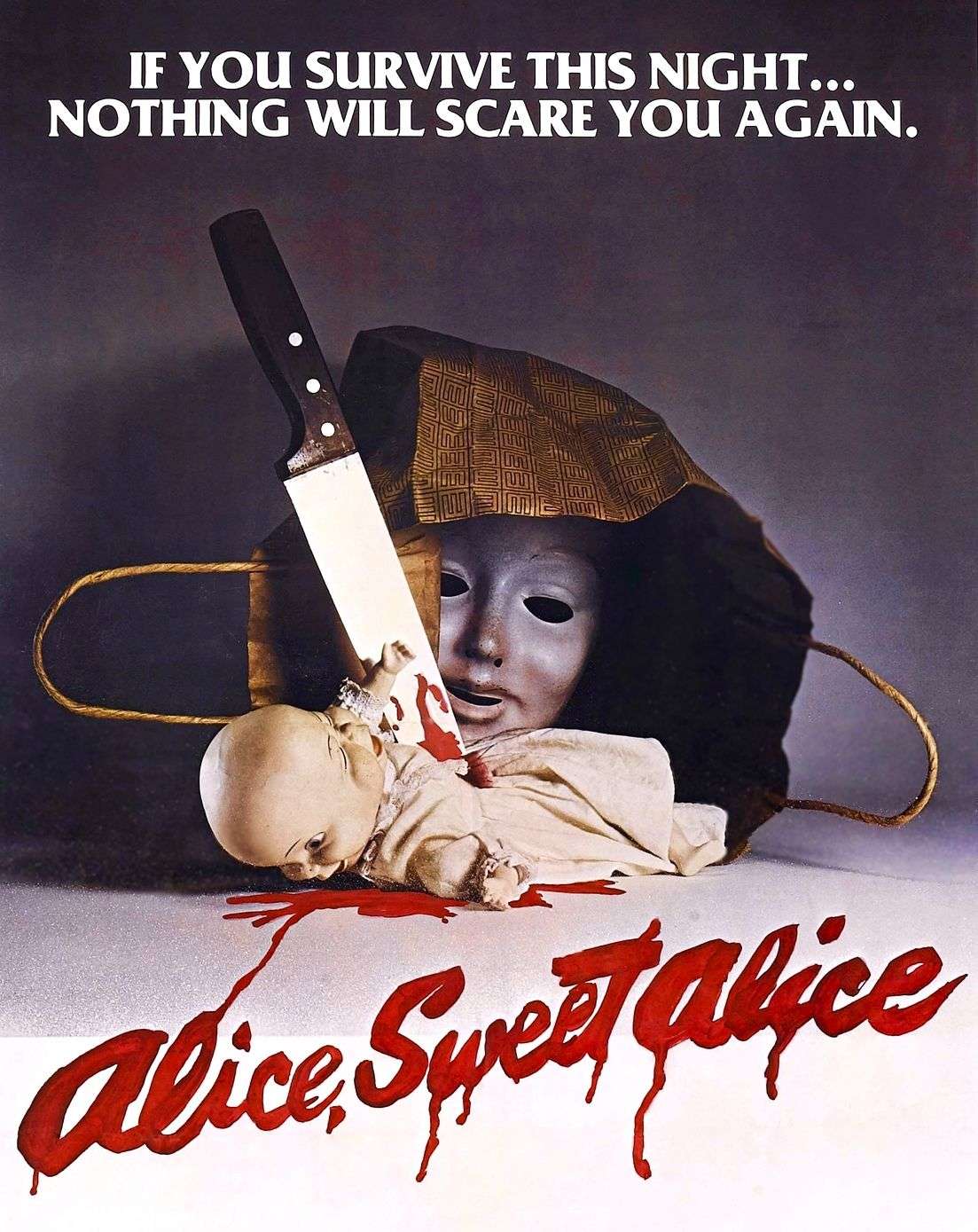
Immediately chilling with its religious iconography, Alice, Sweet Alice follows the story of the titular Alice, the older of 2 siblings in a family deeply entrenched in Catholicism. Alice is a troubled child, who often pranks her sibling because she feels underappreciated.
But her harmless play seemingly turns sinister as her younger sister Karen turns up dead at her Communion. What follows is a classic whodunit that casts doubt over children’s innocence and touches upon the dangers of fervent religiosity as well as familial dysfunction. In terms of structure alone, Director Alfred Sole has effectively created the most giallo-esque American movie to date, both in terms of its mystery and shocking violence. At many points in the film, we’re forced to ask ourselves: is Alice really mentally unstable?
Or is something larger at play here? In terms of its moody, Gothic aesthetic and recurring motifs, Sole stated that he drew inspiration from Don’t Look Now; specifically citing the yellow raincoat of our plastic-masked killer. With a cast of thoroughly debauched characters played to 70’s perfection, Alice, Sweet Alice functions as a commentary on fanaticism and a gratifying early slasher flick that doesn’t have a single frame of disappointment.
Pieces (1982)
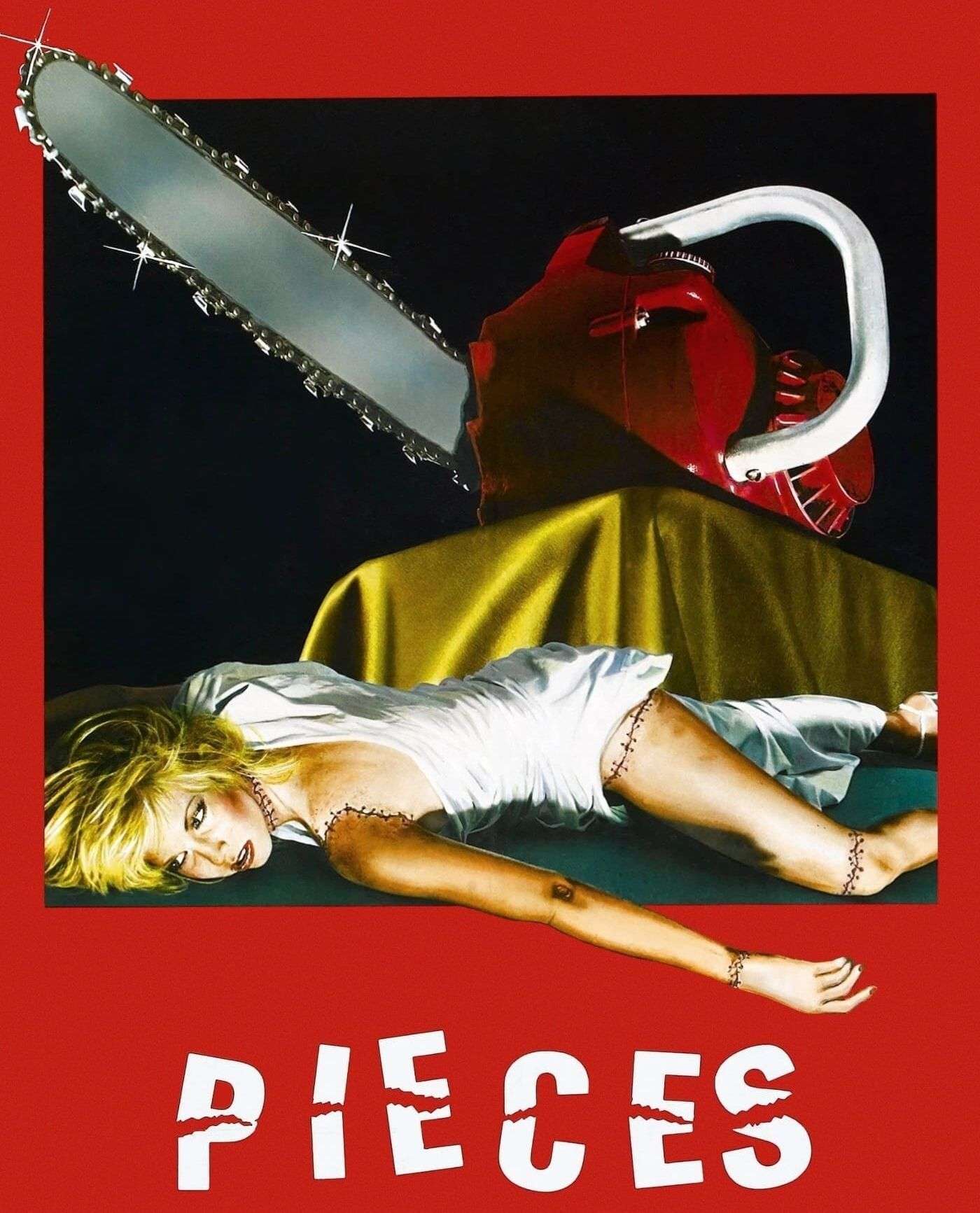
“Pieces: It’s exactly what you think it is!” Just the kind of advertising that drive-in & grindhouse regulars love seeing, and believe you us; the movie delivers on this brutally honest tagline. We can’t decide if this movie is a sly parody of slasher movies or a superlative expression of one; either way, Director Juan Piquer Simon certainly knows how to deliver the gore. We start our story with a rather perverted young man assembling a naughty puzzle.
His mother reprimands him, rightly so, and we, the audience, prepare to watch this child get the ass-whooping of his life. Imagine our horror, then, when the little psycho gives the Monty Python Black Knight treatment to his own mother; with decidedly fewer laughs.
Years later, he re-emerges to terrorize the teenage women of his town. What follows is a disconcerting bloodbath, complete with lost limbs, gratuitous violence, and a “jigsaw puzzle” that is involved in one of the more viscerally disgusting shockers in slasher history. Filthy and over-animated in every sense of the term (Bruceploitation legend Bruce Lee’s hilarious take on a “Kung Fu Professor” is one of the most cartoonish things, ever), Pieces will give you a slice of what old-school American grindhouses were about, in all their gory glory.
The Slumber Party Massacre (1982)

What started off as a parody of the slasher genre evolved into an earnest, blood-soaked, power drill-wielding tale that chips away at your defenses with every kill that occurs. Amy Holden Jones and Rita Mae Brown helm perhaps the first female-directed slasher movie till that point with poise and purpose, using the antagonist as an allegory for virgin women’s fear of intimacy and violence against women.
From an aesthetic standpoint, the movie is a total 80’s cheese-fest, what with the hipster chicks, horny jocks, and a shocking amount of nudity. But beyond the skin-show lies a very real threat to the girls’ lives in the form of Michael Villella’s Russ Thorn, whose sinister, voyeuristic gaze draws out a disgusting sense of violation from your being, as he follows his “lovers” with a weasel-like grin on his face and watery eyes lit up with malice.
What brief lines he does have, take the tension that already exists to disturbing places. Despite its fairly predictable plot, don’t get it twisted; this movie is spine-chillingly unsettling, a thrilling ride from start to finish, with a bittersweet ending that is rather uncommon in slasher movies.
The Hills Have Eyes (1977)
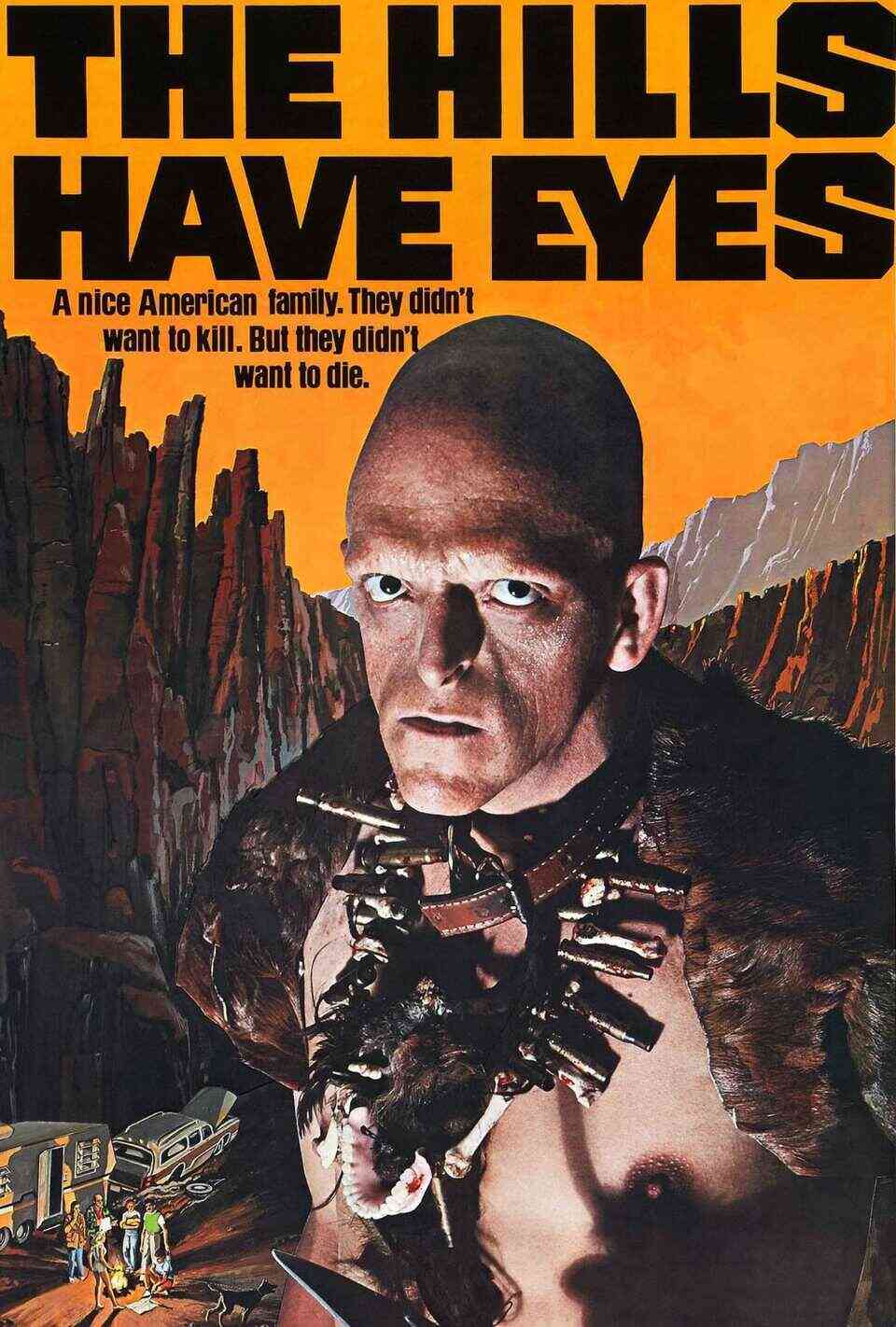
We’ve talked a lot about Wes Craven on this list, and that’s with good reason. The man’s practically synonymous with horror, and slasher movies in particular, having created two of its most-iconic franchises in A Nightmare on Elm Street and Scream; but neither film is able to build the tension quite like The Hills Have Eyes. Bob Carter and his suburban family are on a road-trip vacation to Los Angeles, when they stop at Fred’s Oasis to re-fuel. The aging Fred urges them to stick to the road but Bob ignores his ramblings.
As if on cue, the trailer crashes in a ditch, which leaves the family stranded in the cold, Nevada desert with something evil lurking in the hills. Craven was directly influenced by The Texas Chainsaw Massacre when writing this film, which is evident in its premise and set designs; TTCM Art Director Robert A.
Burns helmed this project as well, and recycled several props from the film. That’s about where the comparisons end, though. The Hills Have Eyes isn’t as much a slasher as it is a philosophical treatise on societal isolation & the innate savagery of mankind.
Craven took the Scottish legend of Sawney Bean and spun it to ask the audience the question: where is the line between civilized life and primal barbarity; and how thin is it? Throughout the film we see the Carters stalked like easy prey; they’re toyed with, ridiculed, and violated at such an unrestrained pace that it’s hard to think of them as anything but gore-fodder. And yet, by the time the movie ends, we can’t really say that the good guys did the right thing.
We’re not sure, and that is the beauty of this film; it throws morality out of the window and makes you question your very conscience, which is a nuance you won’t see repeated a lot over the years. A scintillating slow burner that escalates to a morbid crescendo, The Hills Have Eyes is yet another foundational project that helped cement Craven’s legacy as a “Master of Horror”.
Tenebrae (1982)
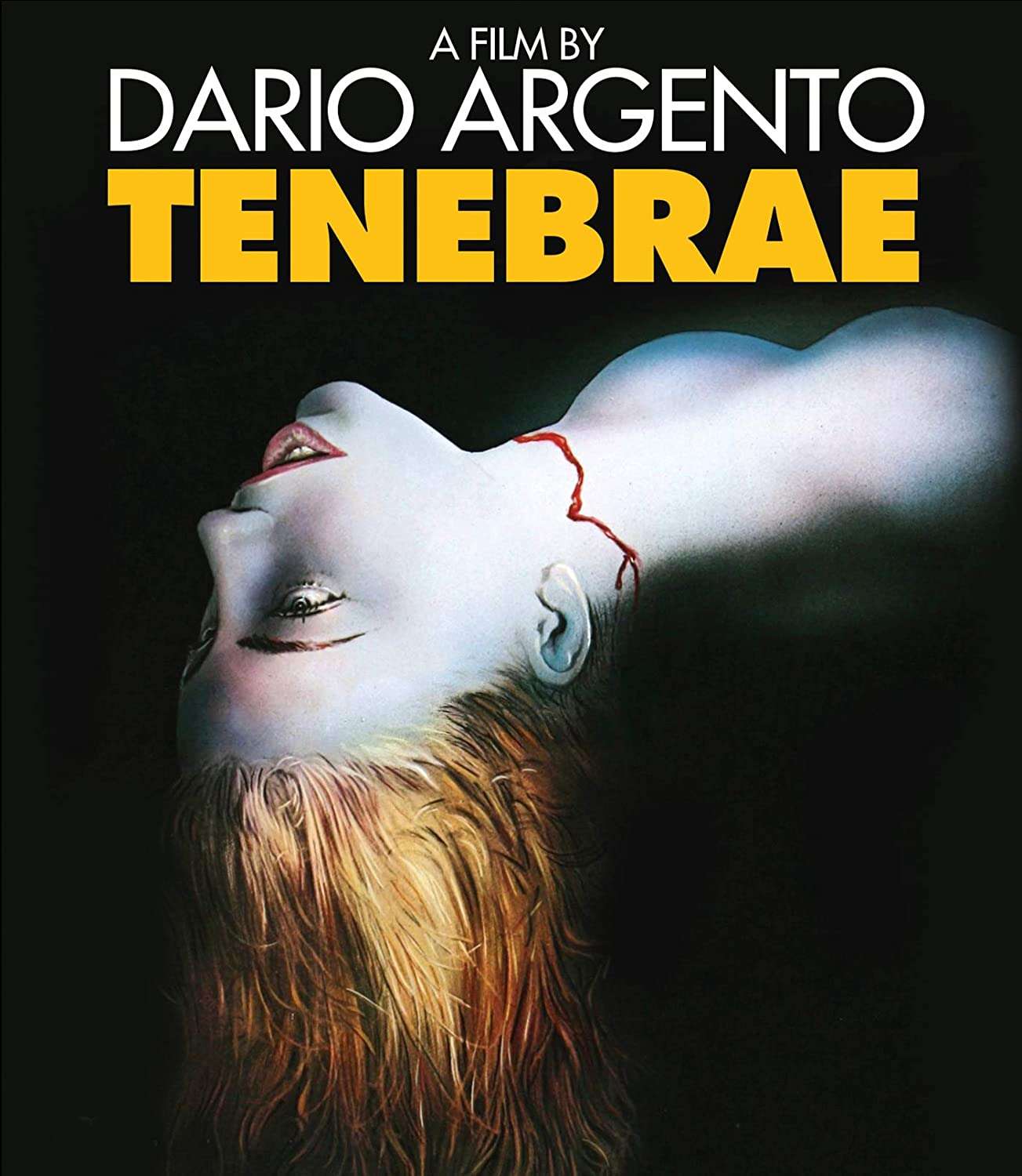
Does brutal violence require a reason? Or is violence itself a sort of primal instinct that needs to be satisfied in order to maintain your sanity? Tenebrae opens with a narration about finding freedom in taking life; a morbid prospect, but one that has found frequent mention in giallo legend Dario Argento’s movies, and Tenebrae is no exception. Peter Neal, an American horror novelist, is visiting Italy to promote his latest work; the titular novel Tenebrae.
Neal’s stories are rife with graphic violence and misogyny that sell them based on shock value alone. Before they land in Rome, however, a murder occurs that mirrors one of the kills from Neal’s novel. Over the course of the movie, we see a gruesome mystery unfold, with lives taken, limbs scattered, and blood splattered all over the walls (in the case of one particular scene, quite literally).
Neal and his companions must figure out a way to stop the killings from taking place; this is one of those rare cases where publicity will fail to live up to its reputation of being great, all the time. They’re left with a grim twist in the tale when they realize apprehending the apparent killer didn’t stop the killings.
Amidst its gory carnage and buckets of fake arterial spray, Tenebrae tells a chilling tale of psychological breakdowns, and how one bad day can shatter your very understanding of life. Morality isn’t as black and white as we might tend to think; it’s a full-fledged monochrome chart with varying shades of grey. We just happen to swing from one end of the spectrum to the other, but the decision is ours and ours alone, and Argento captures those moral crises with a lens that lends an Art House vibe to this giallo classic.
Torso (1973)
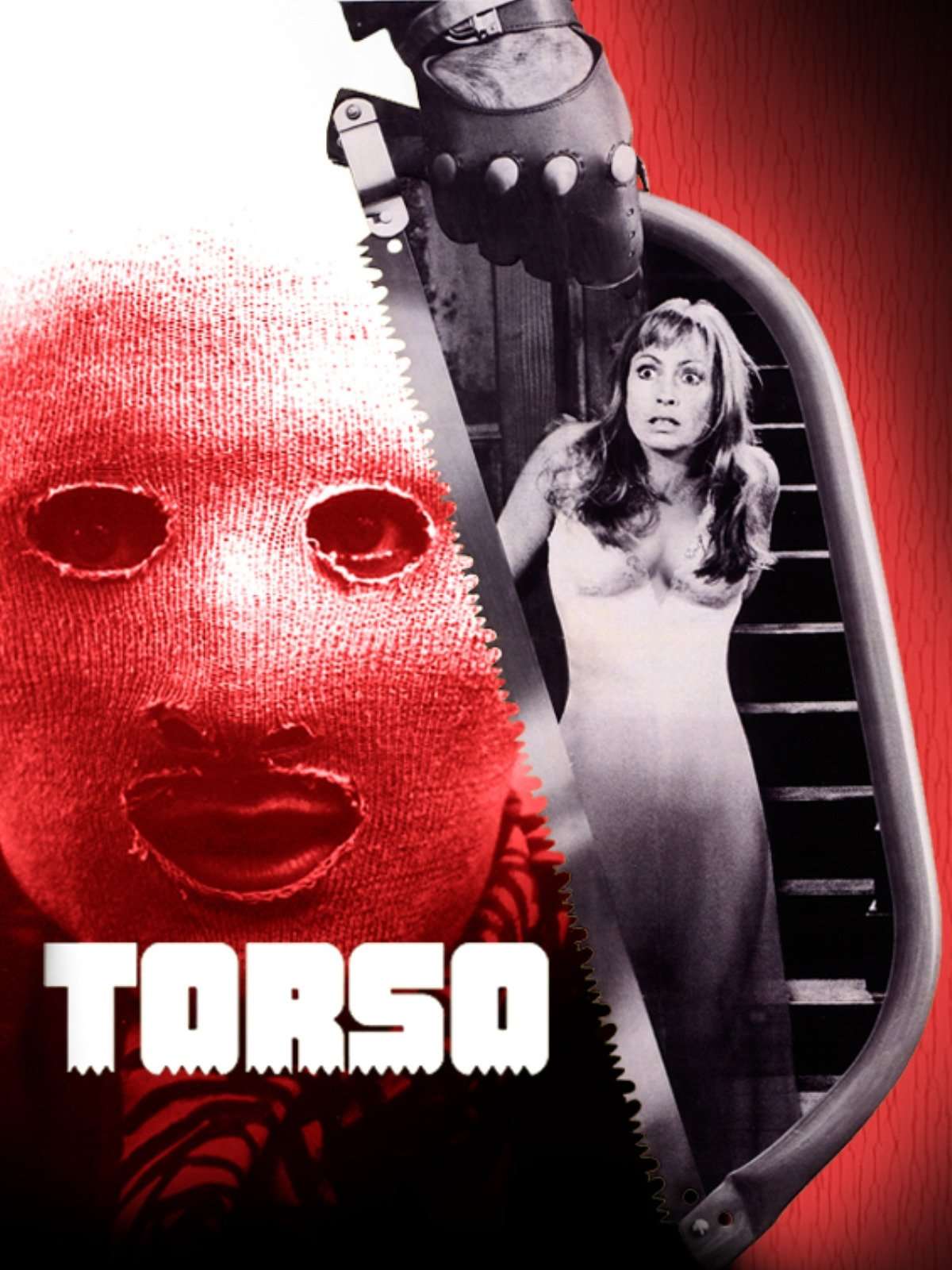
Created in the same vein as an Argento or Bava production albeit with much more restraint, Torso sees director Sergio Martino deliver a more classic giallo peppered with elements that would go on to define the slasher genre. Following the deaths of several university students in Perugia, Jane and her friends are thrown into the line of fire when the killer decides to come for them next.
He seems to have a particularly gruesome sign-off; removing the movie’s namesake from the bodies of young women. Torso is as exploitative as the title sounds, with plenty of nudity and a hedonistic, Bohemian attitude that gives it an undeniable aura of captivating tension. Martino manages to give even the most lurid of his scenes a certain artistic flair, enough to keep your attention as he lures you in for a thoroughly disturbing ride.
The killer’s stocking-wrapped face with its dead, soulless eyes reaches into your throat and pulls fear out of your mouth; he’s got this feral intensity that is as unhinged as a shark that smelled blood in its waters. One particular scene stands out as an early freeze-frame moment in slasher history, where our Final Girl helplessly watches her friends die at the hands of the killer, transfixed in horror and unable to even respond. It is by no means perfect- Martino does need to step up his foreshadowing game, real quick- but Torso is an important watch for any self-respecting slasher stan worth their salt.
April Fool’s Day (1986)
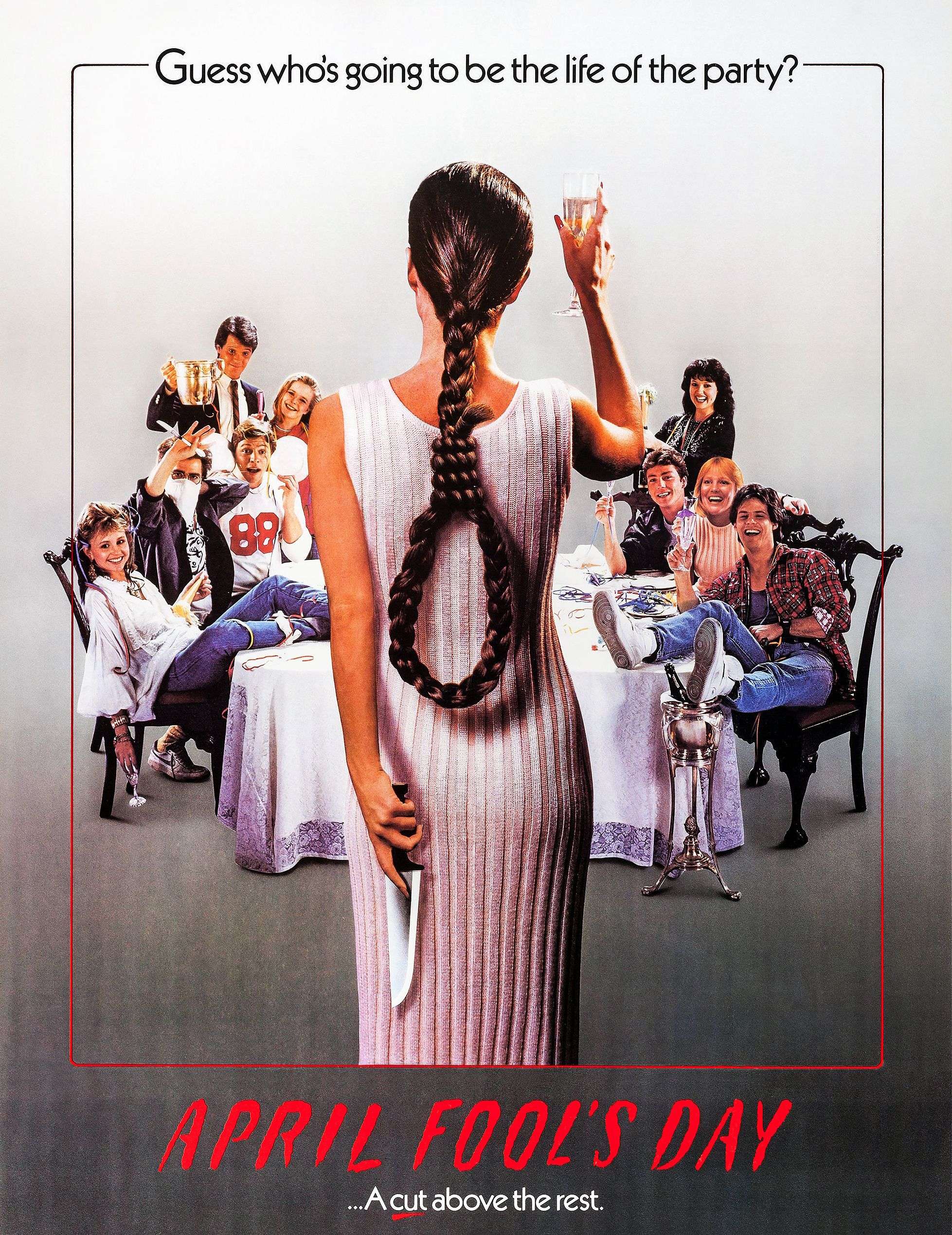
You can either call this movie the greatest practical joke of all time or the worst attempt at parodying slasher movies to date; and honestly, we wouldn’t blame you. As the name of the movie might suggest, the teenagers of this screamer are on a vacation during the weekend leading up to 1st April.
They arrive at their destination- a private island- and are given the traditional April Fool’s greeting by Muffy, Skip’s cousin & the heiress of the island. Muffy plays out a string of practical jokes on the group- some hilarious, some slightly harmful- but as they settle in, they start getting attacked one after the other, and the guests wonder if their host is keeping a dark secret from them…until the movie ends, and then you face the dilemma we mentioned at the start of this entry. Another thing that sets it apart is the gore; or lack thereof.
Walton was extremely careful not to turn the movie into a snuff-fest, which resulted in it being run multiple times on late-night cable blocks and developing a healthy cult following. Regardless of what you think about the plot twist (go watch it now if you can), it cannot be denied that April Fool’s Day has a certain eclectic charm to it that makes it worth watching.
Prom Night (1980)
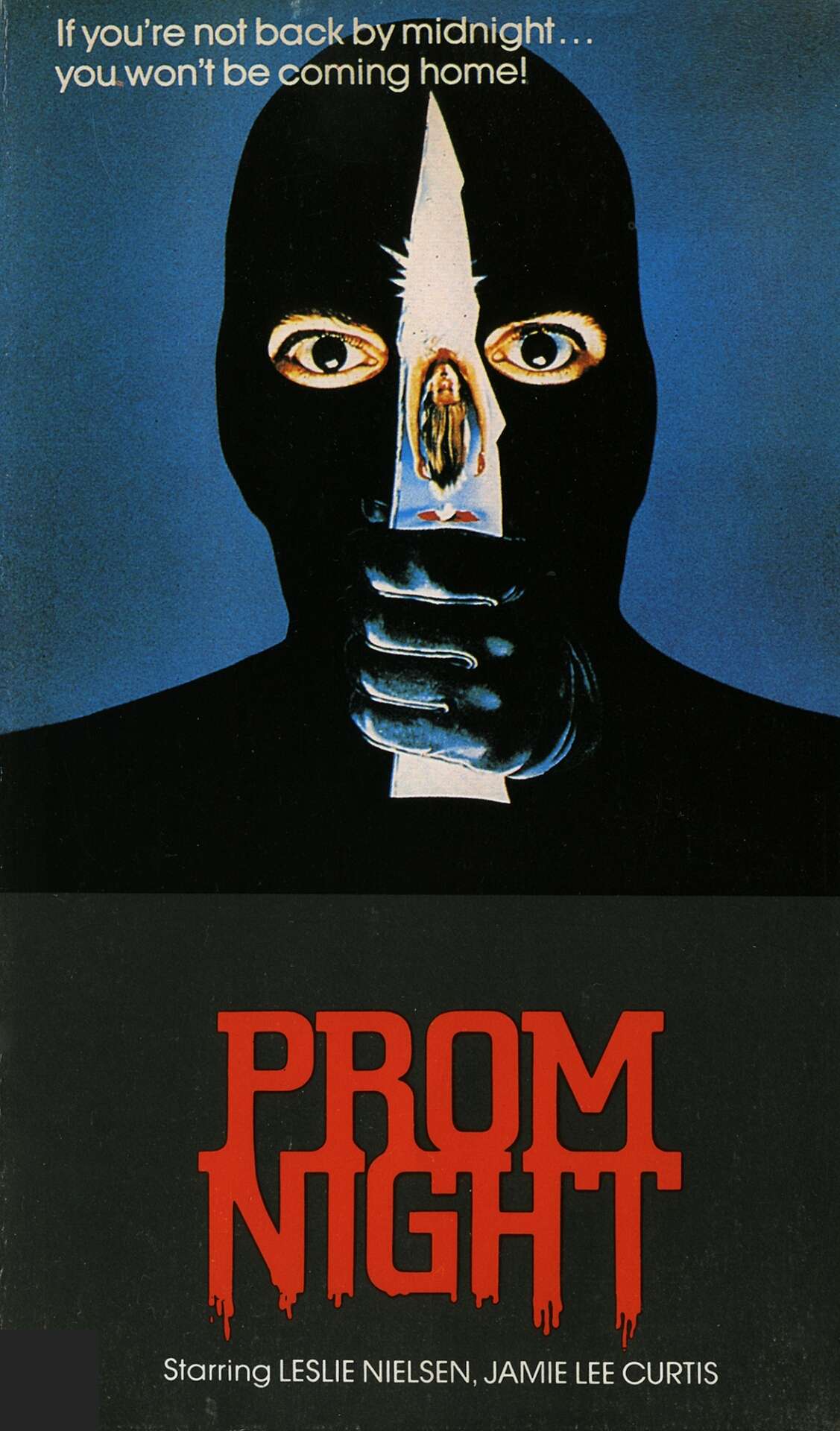
While most slashers post-Michael Myers tended to commit bloody murder for nothing more than “kicks”, it wasn’t always that way. Many early 80’s slasher flicks had a touching story of retribution at its core, which ended up making them all the more disturbing; after all what does it say about you if you end up sympathizing with the killer?
Nowhere is this question more pressing than this 1980 film that features the Original Scream Queen Jamie Lee Curtis venturing out into yet another blood-soaked journey that influenced the genre for almost 2 decades, all the way up to 1997’s I Know What You Did Last Summer. 4 adolescent friends unwittingly cause the death of one of their friends, and vow to never talk about it.
6 years later, their past catches up to them, as they’re systematically marked for death by an unseen killer who proceeds to exact brutal retribution. Prom Night is a flawed film, no doubt about that; some of the segments in this movie play out with robotic monotony that is due in part to the repetitive structure of most slashers.
But where the film is good, it’s great. Eddie Benton’s Wendy gives the genre one of its most iconic chase scenes till date; an 8-minute stretch that sees Wendy running for her life through the dingy corridors of her darkroom-esque high school and putting Curtis to shame with her hysterical screaming. Exhilarating highs and deflating lows mark Prom Night; luckily for us, it has enough of the former to bulldoze the latter and give you an entertaining package of surprisingly meaningful carnage.
Silent Night, Deadly Night (1984)
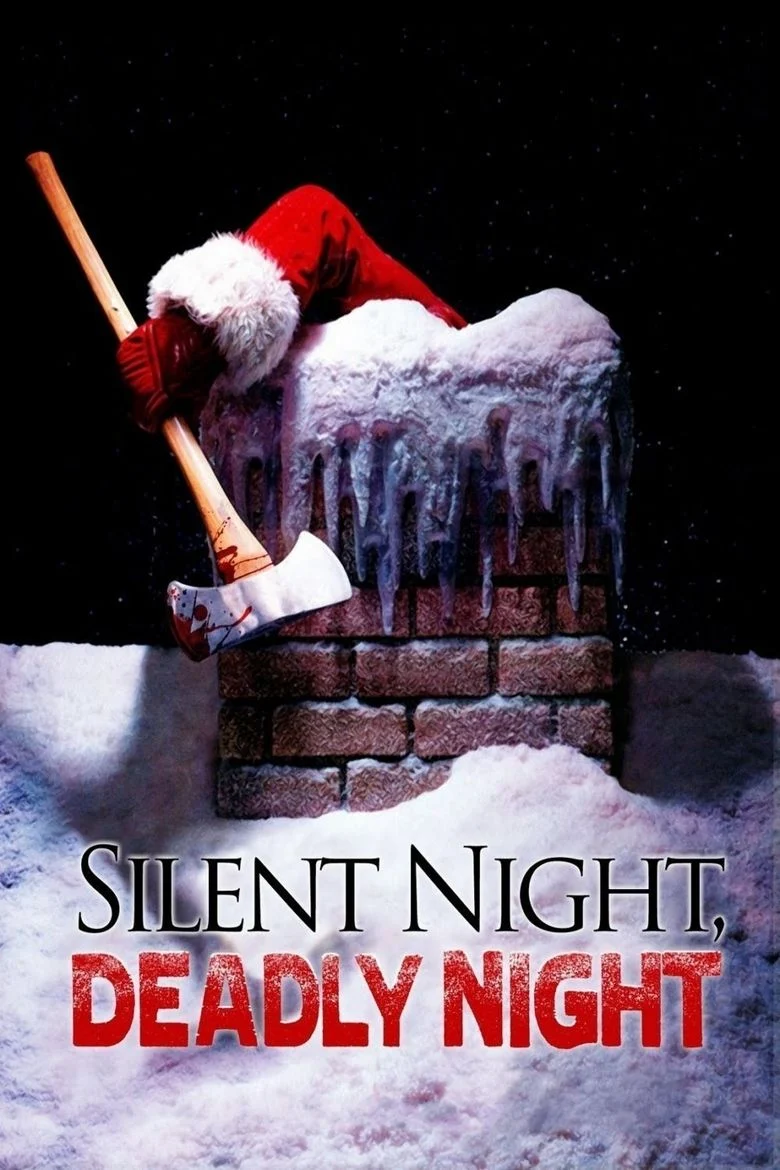
And we round out this list with what isn’t perhaps the most memorable Christmas murder movie of all time, but it should be, because it gave kids the unvarnished truth about Christmas: Santa ain’t real, and even if he is, you should definitely stay far away from his naughty list. 5-year-old Billy Chapman is visiting his catatonic grandfather with his parents when the old man suddenly springs into action and warns Billy to be good or else Santa’ll punish him.
Hours later, his father & mother are gunned down in cold blood by a man in a Santa costume, leaving Billy with deep-seated trauma. 3 years later, 8-year-old Billy’s horrifying Christmas drawing prompts orphanage handler Sister Margaret to petition Mother Superior for help; which she delivers in the form of grueling punishments, reinforced with puritanical beliefs of good & evil.
Fast forward 10 years and a now-adult Billy works at a cheer-filled toy store. But Christmas week & and an infatuation with his co-worker kick his PTSD into overdrive. The events that take place next are equal-parts gut-wrenching & heart-rending. For 45 minutes, Director Charles E. Sellier Jr. makes us empathize with Billy and his hardships; after that 45th minute mark, he flips the narrative at a head-spinning rate to create one of the most iconic slasher villains of all time.
Billy Chapman is ruthless, psychotic, absolutely primal with his brutality, and worst of all; he is relatable. When it first came out, network executives and critics alike lost their absolute minds over the prospect that Santa Claus could be depicted as something evil. But here we are, almost 40 years after it was released, and Silent Night, Deadly Night still stands up to its reputation as one of the finest slasher movies of all time; the same can’t be said about the sequels, though, and that is a damn shame.
